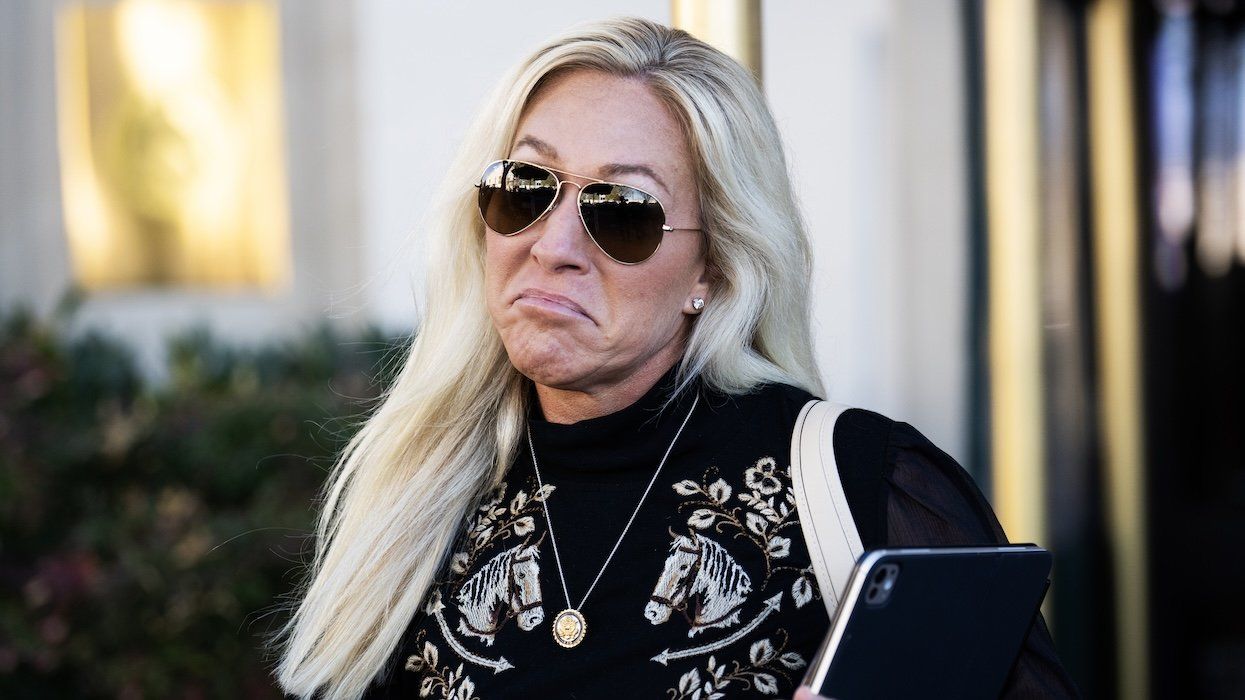CONTACTAbout UsCAREER OPPORTUNITIESADVERTISE WITH USPRIVACY POLICYPRIVACY PREFERENCESTERMS OF USELEGAL NOTICE
© 2026 Equal Entertainment LLC.
All Rights reserved
All Rights reserved
Scroll To Top 






































































































![]()
By continuing to use our site, you agree to our Privacy Policy and Terms of Use.
Early showers turned into a heavy downpour of confetti for this over-the-top parade. Read more about the history below.
Thanks to the lovely folks who run the Sydney Gay and Lesbian Mardi Gras Parade and the website for allowing us to post these photos photos from March 4, by Jeffrey Feng and Hamid Mousa. See more Mardi Gras images in our lead-up gallery posted yesterday.
It seems like a good time to review the rough start this parade had in 1978 at its inception. Read the excerpt from its website below:
Today, Sydney Gay and Lesbian Mardi Gras is one of Australia’s most famous and well-loved events, bringing thousands of visitors to Sydney to join in the celebrations. It captures the imagination of Australia’s LGBTQI and mainstream communities, taking over the city for weeks on end, culminating in the world-famous Parade: a colourful and dazzling night of pride, celebration and self-expression.
So how did Mardi Gras reach this iconic status? The ironic thing is that the key reason for its success was the opposition it faced when it began. The first march took place on Saturday 24th June 1978 at 10pm and it was met with unexpected police violence.
Mardi Gras was Sydney’s contribution to the international Gay Solidarity Celebrations, an event that had grown up as a result of the Stonewall riots in New York. Mardi Gras was one of a series of events by the Gay Solidarity Group to promote the forthcoming National Homosexual Conference, and offer support to San Francisco’s Gay Freedom Day and its campaign against California State Senator John Briggs’s attempts to stop gay rights supporters teaching in schools. It was also intended to protest the Australian visit of homophobic Festival of Light campaigner Mary Whitehouse.
Several hundred gays, lesbians and straight supporters — some in fancy dress and some simply rugged up against the cold — gathered at Taylor Square and followed a truck with a small music and sound system down Oxford Street to Hyde Park. As revellers joined in along Oxford St, the police harassed the lead float along the route and when the march stopped in Hyde Park, where telegrams of support were to be read, police confiscated the lead float truck and arrested the driver Lance Gowland. Angered by this, 1500 revellers diverted up William St to Darlinghurst Road, where the police had closed the road. At this point the police swooped and violently arrested 53 men and women, many of whom were beaten in cells. Over the months that followed more protests and arrests took place and the actions of the police came to be seen as heavy handed.
By April in 1979 the parliament of New South Wales repealed the NSW Summary Offences Act legislation that had allowed the arrests to be made and created a new Public Assemblies Act which meant that Sydneysiders no longer had to apply for a permit to have a demonstration. They simply needed to inform the police. As such that first Mardi Gras march was a major civil rights milestone beyond the gay community. Up to 3,000 people marched in an incident-free parade in 1979. In 1980 a key new element was introduced — the post-parade party. In 1981 the decision was taken to move the event forward to summer to enjoy better weather. The face of the modern Mardi Gras we know today was taking shape.
Read more about the history of the Sydney Gay and Lesbian Mardi Gras on its website.

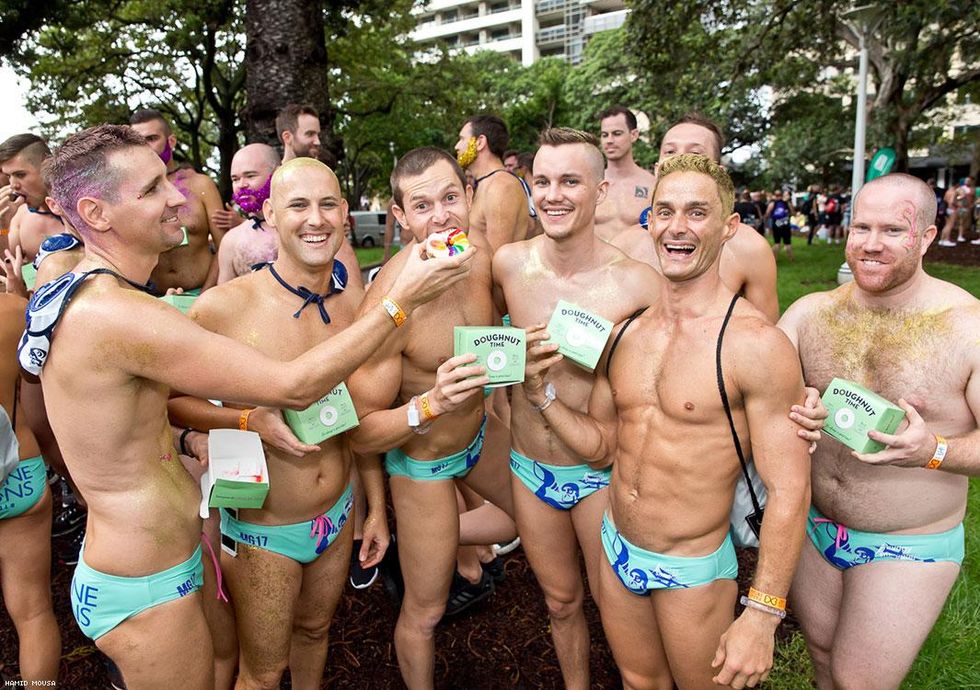
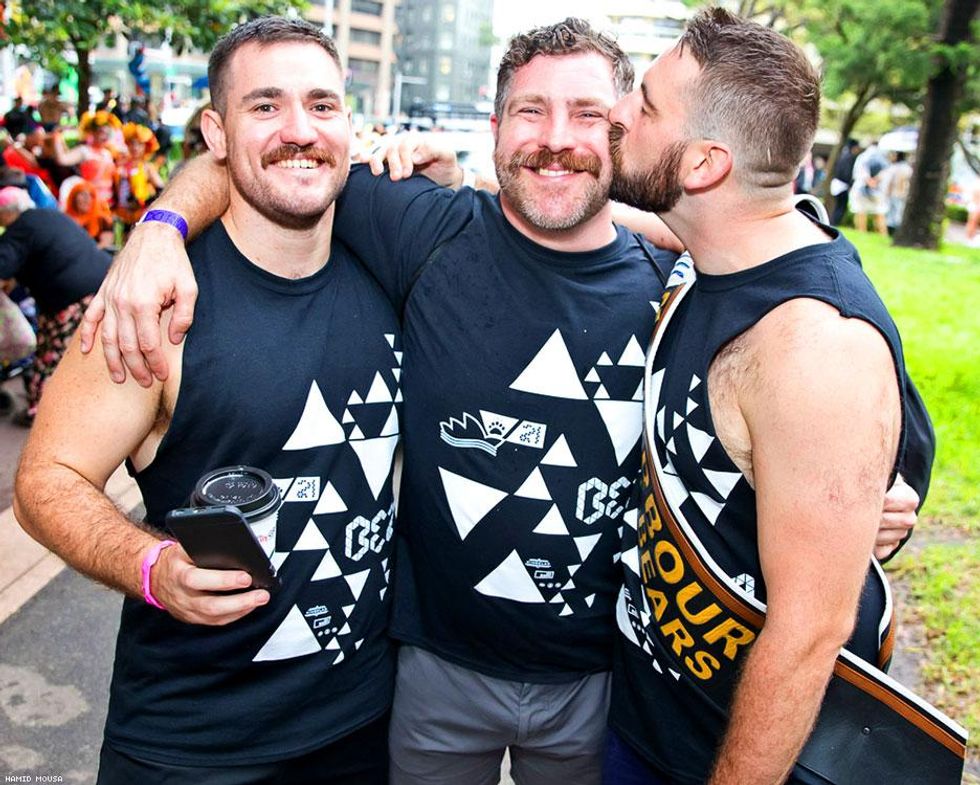
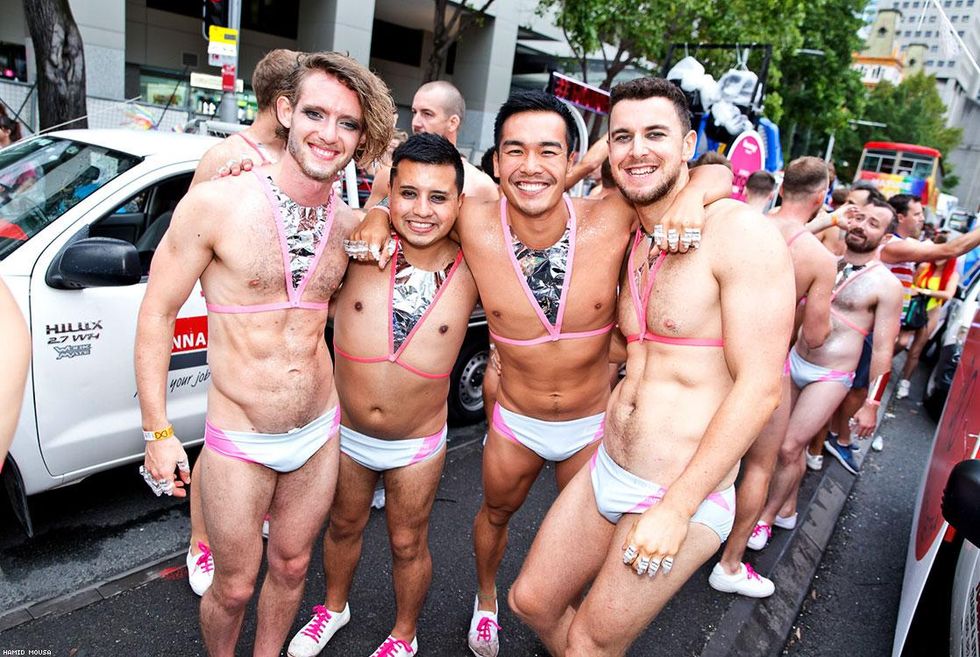
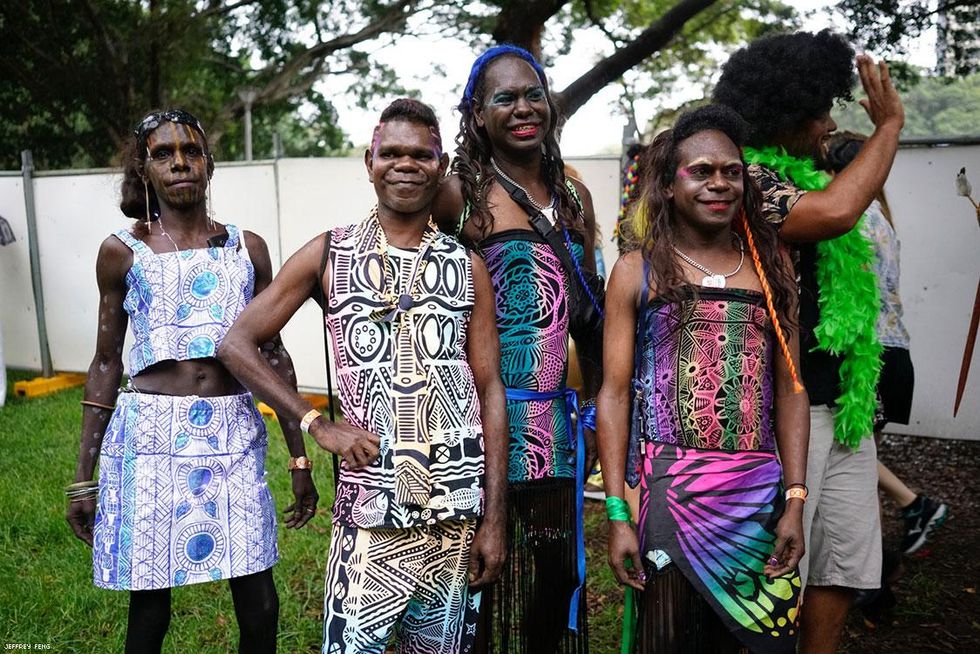
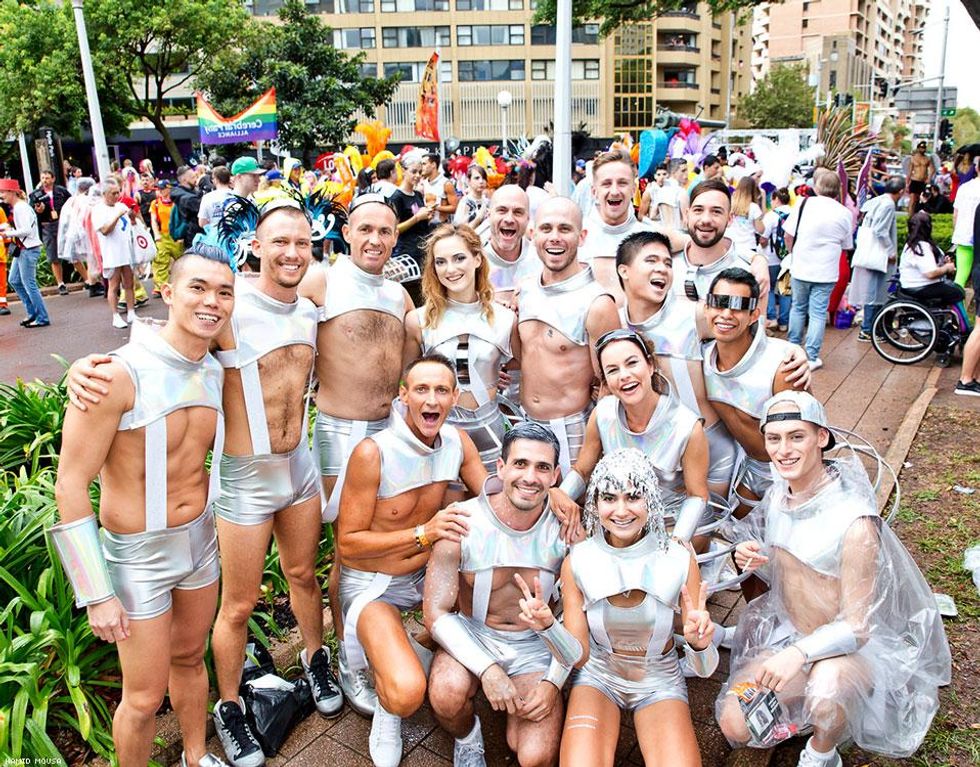
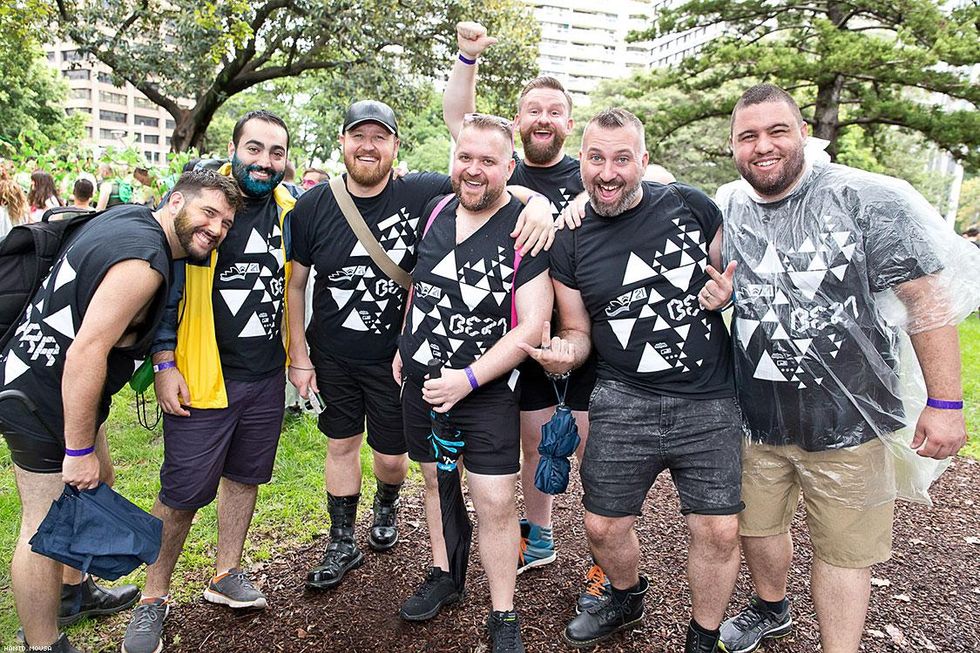
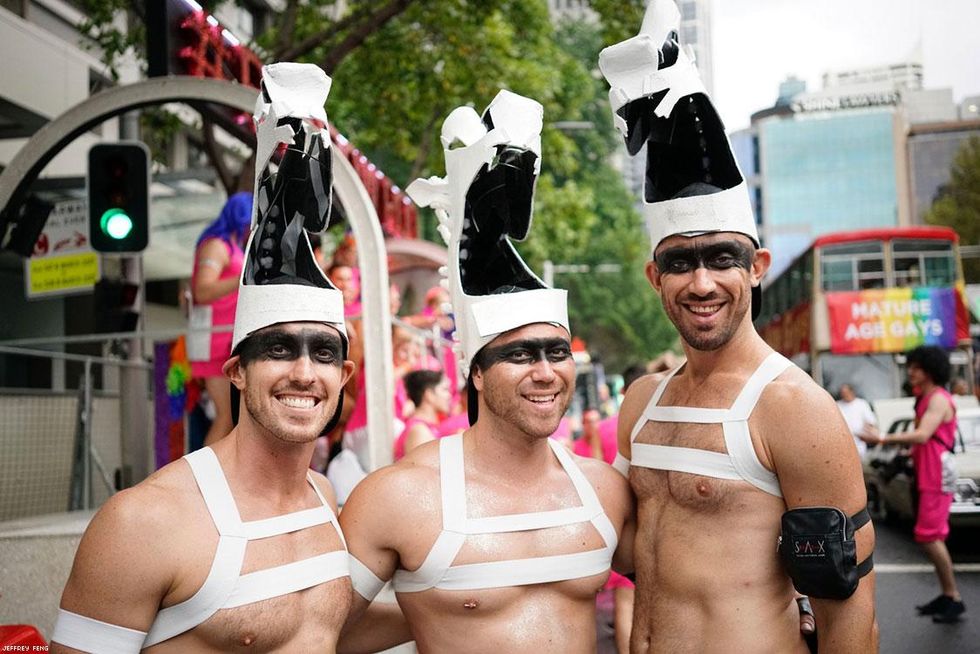
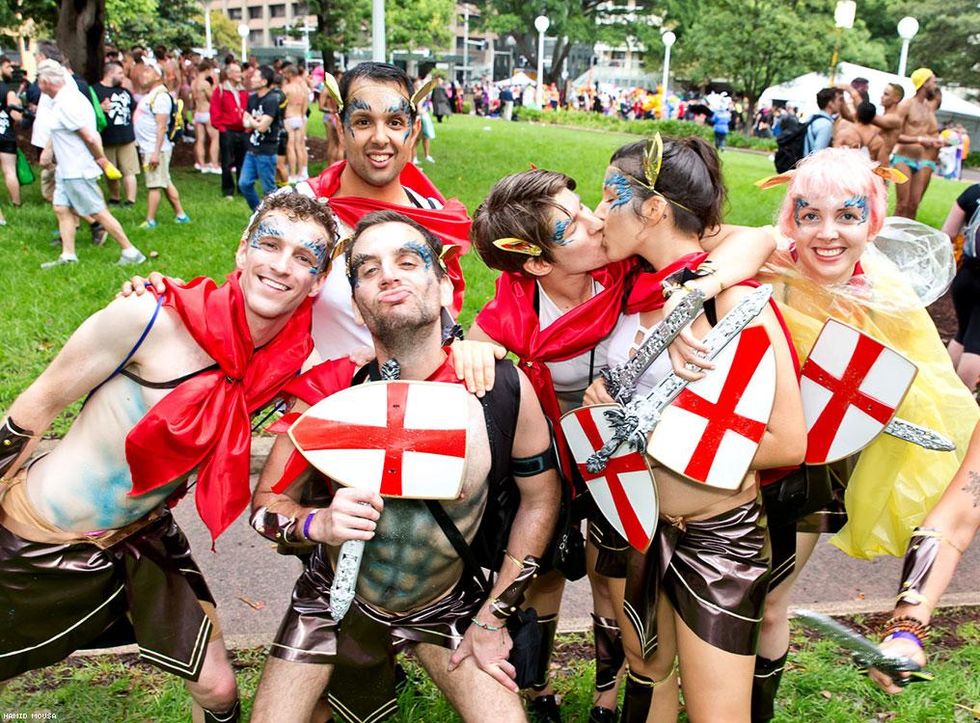
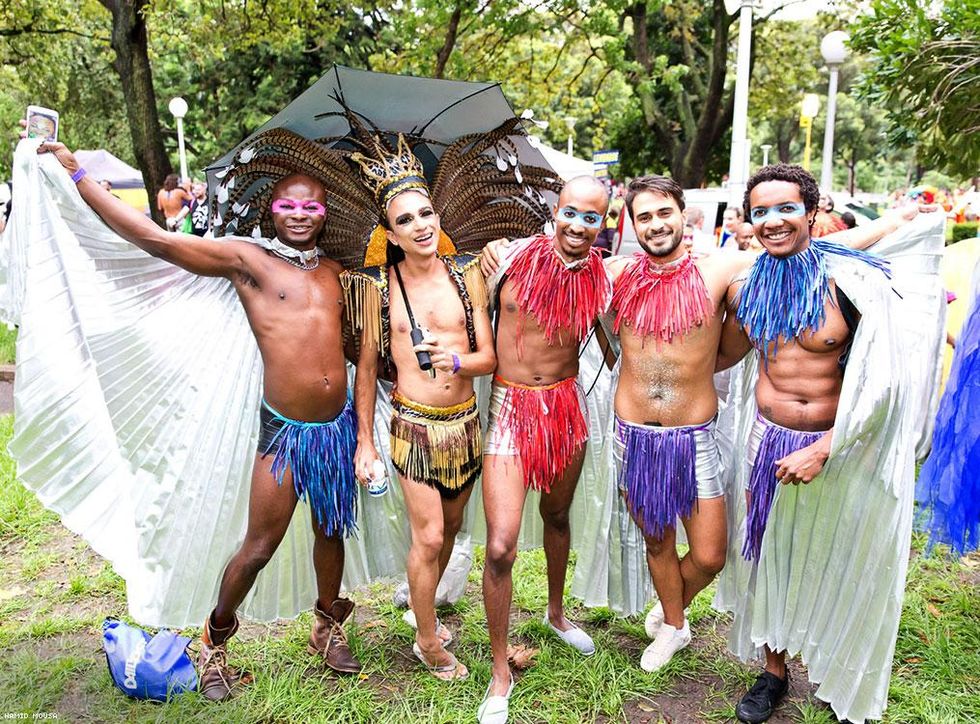
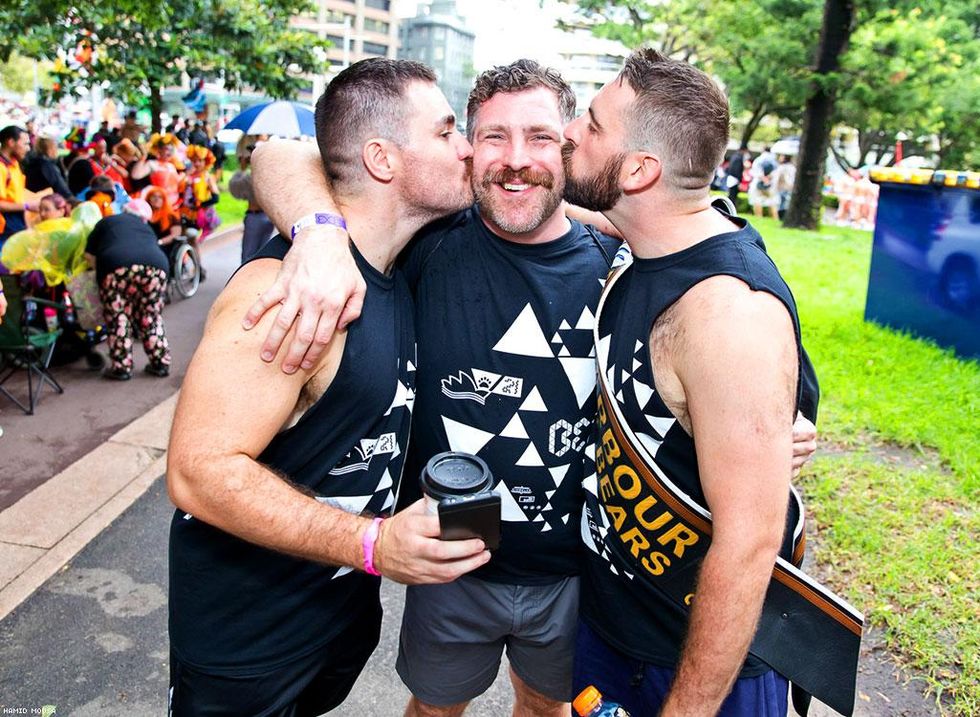
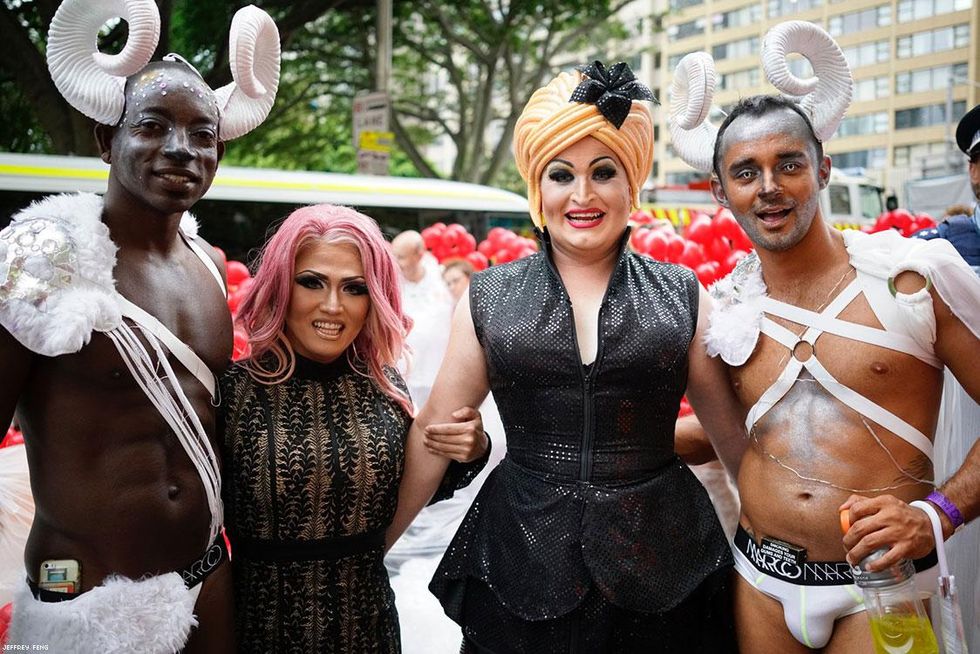
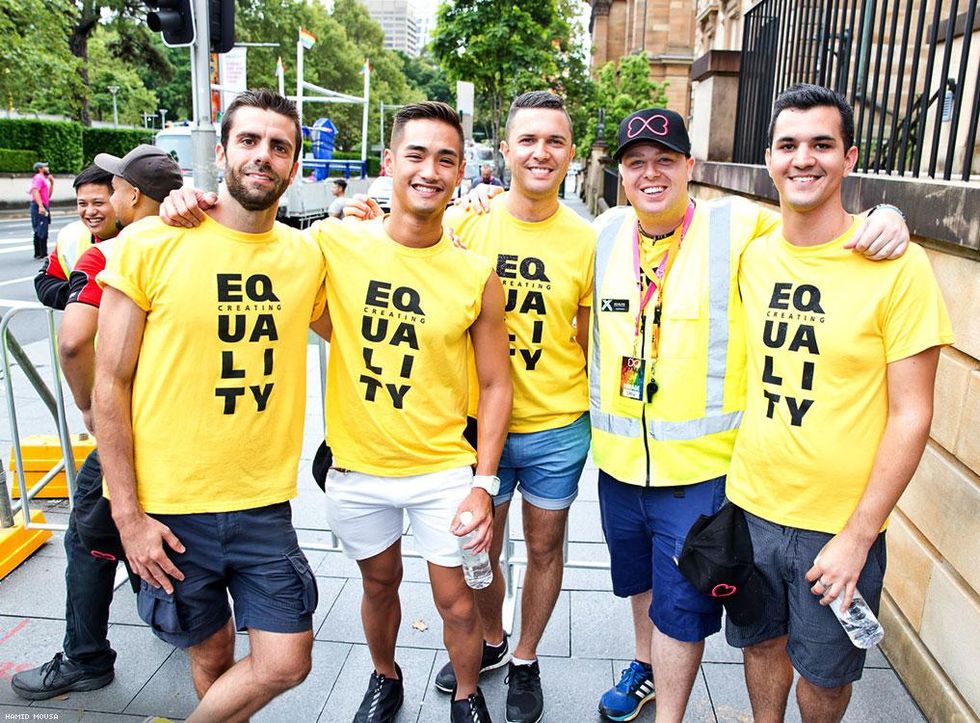
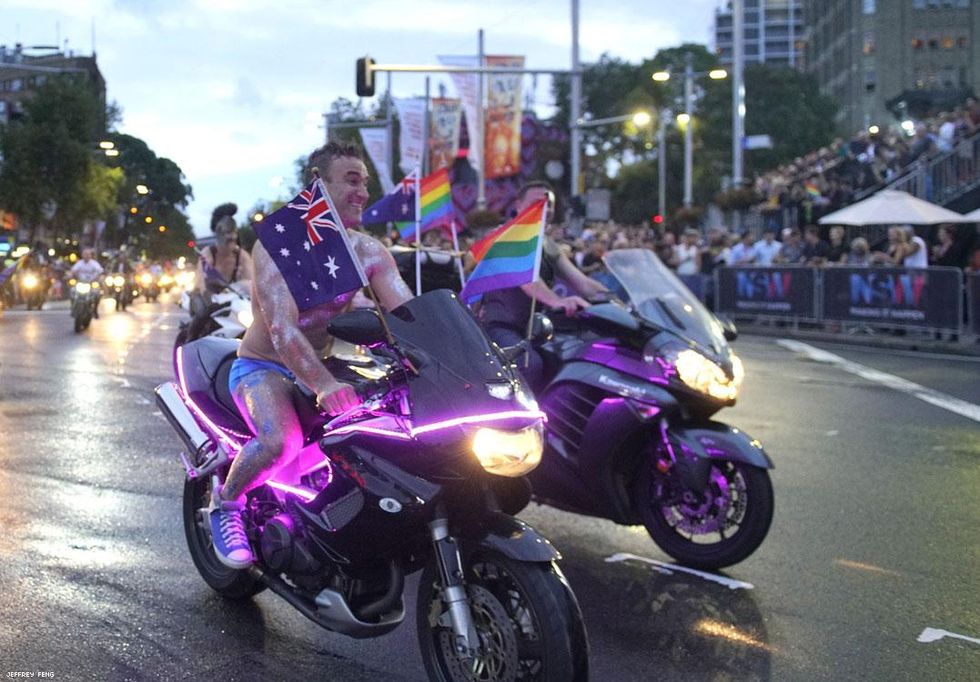

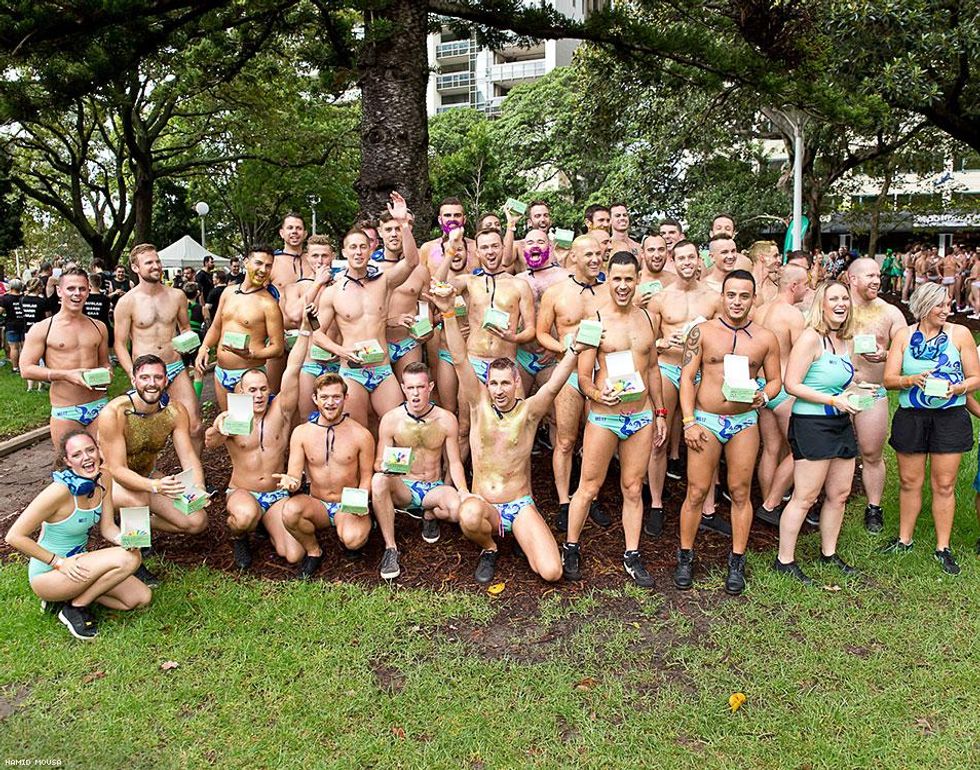
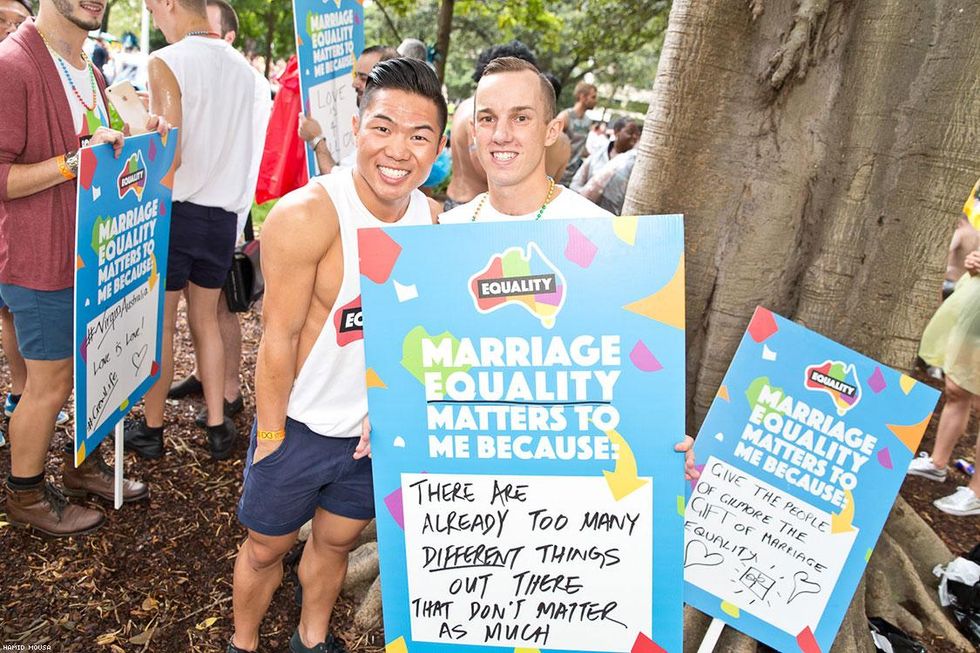
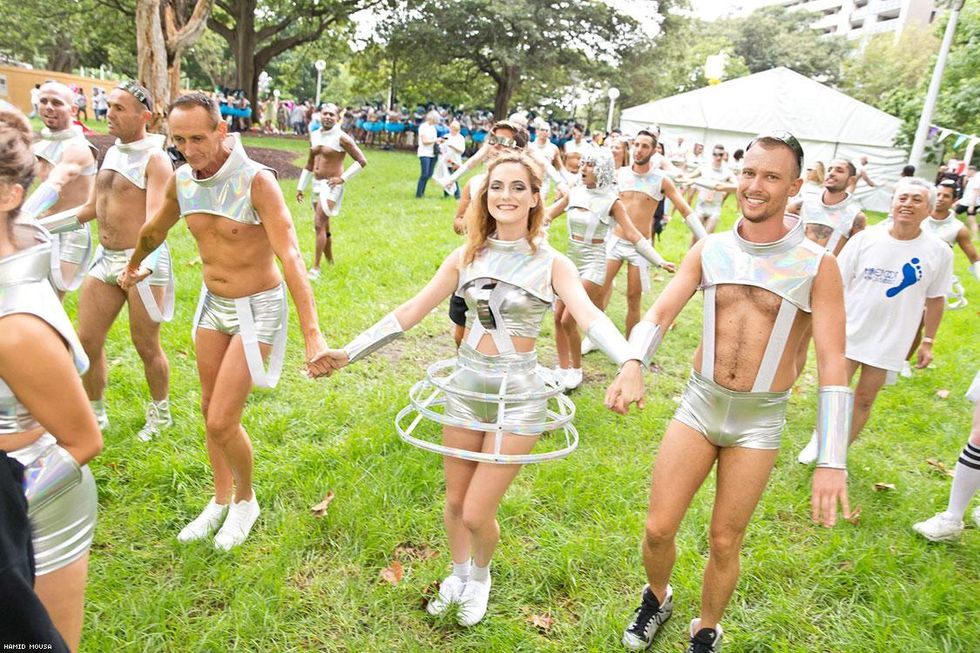
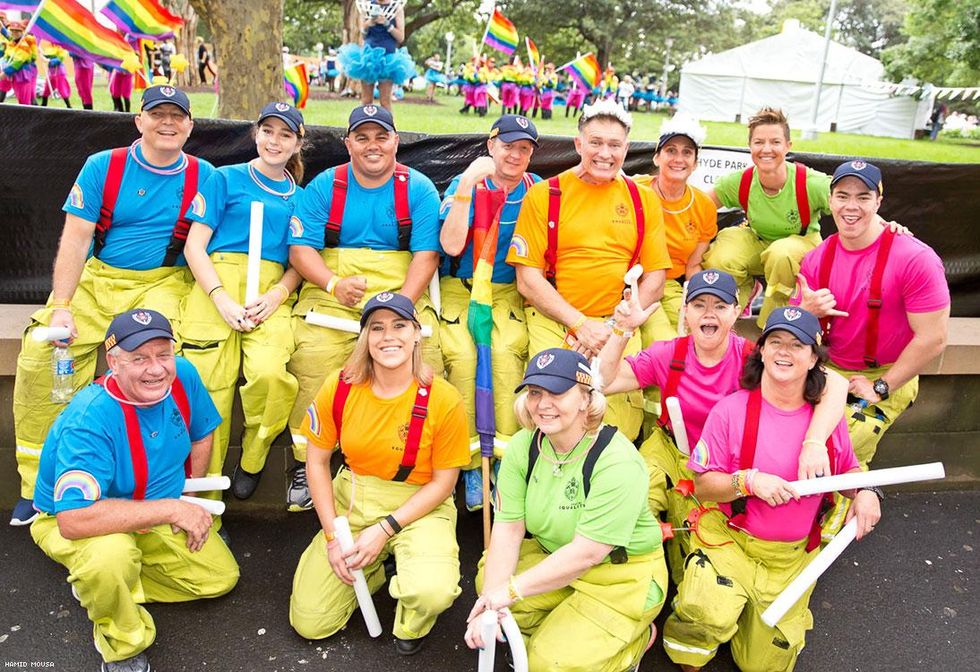
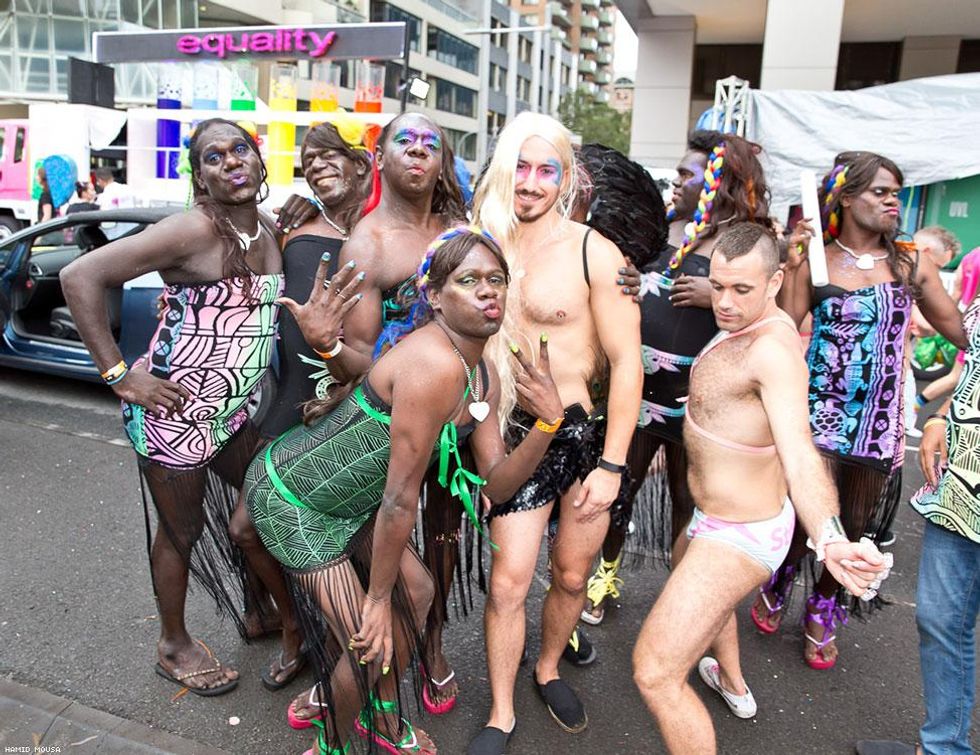
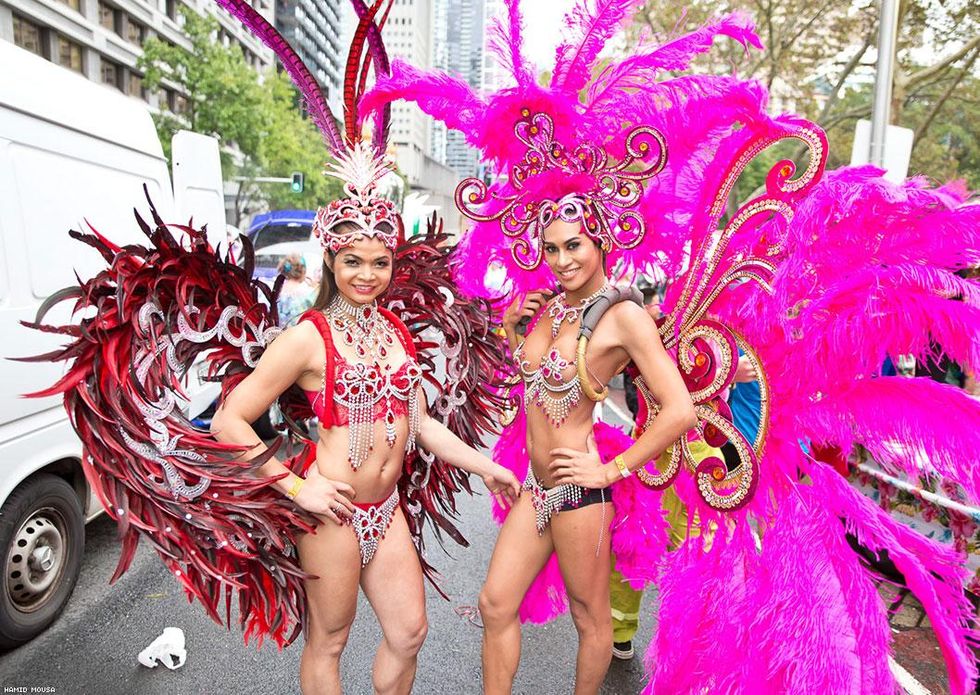
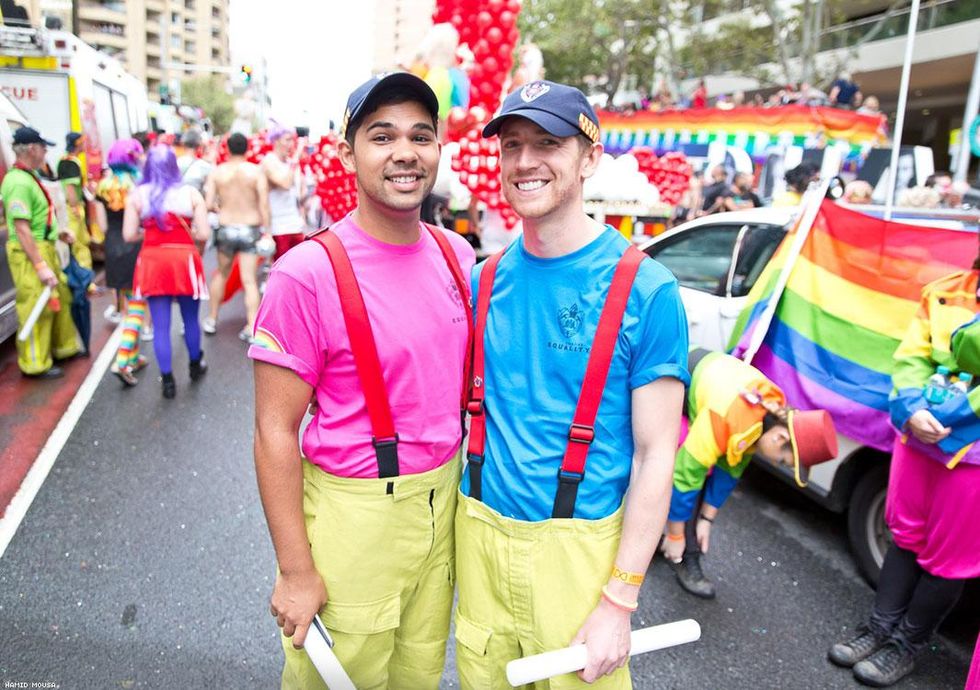
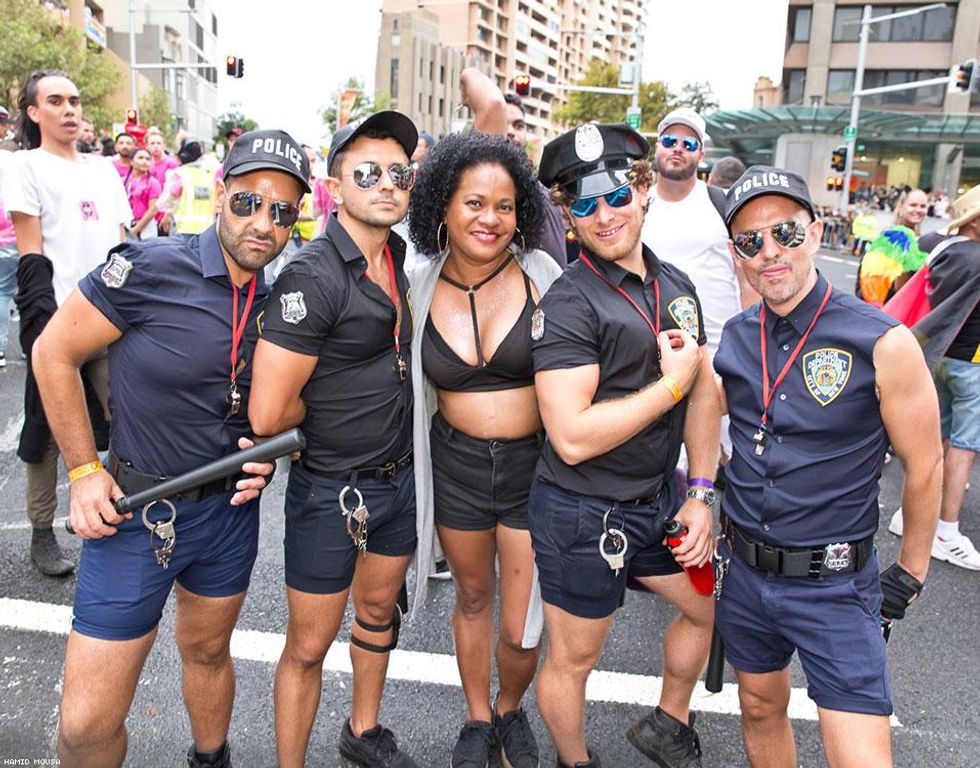
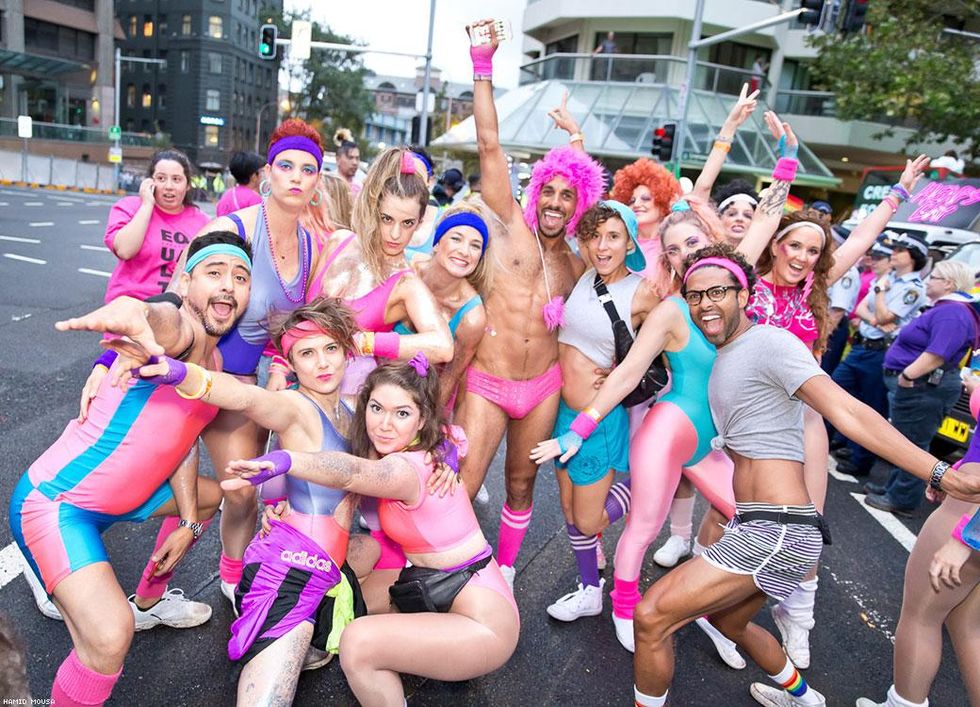
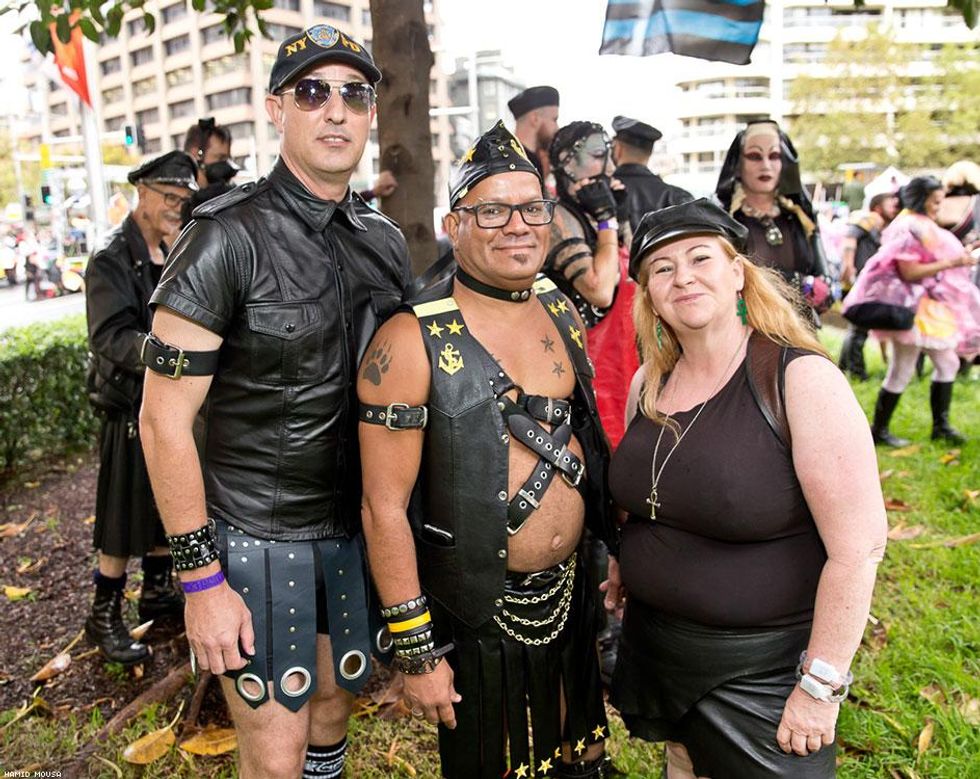
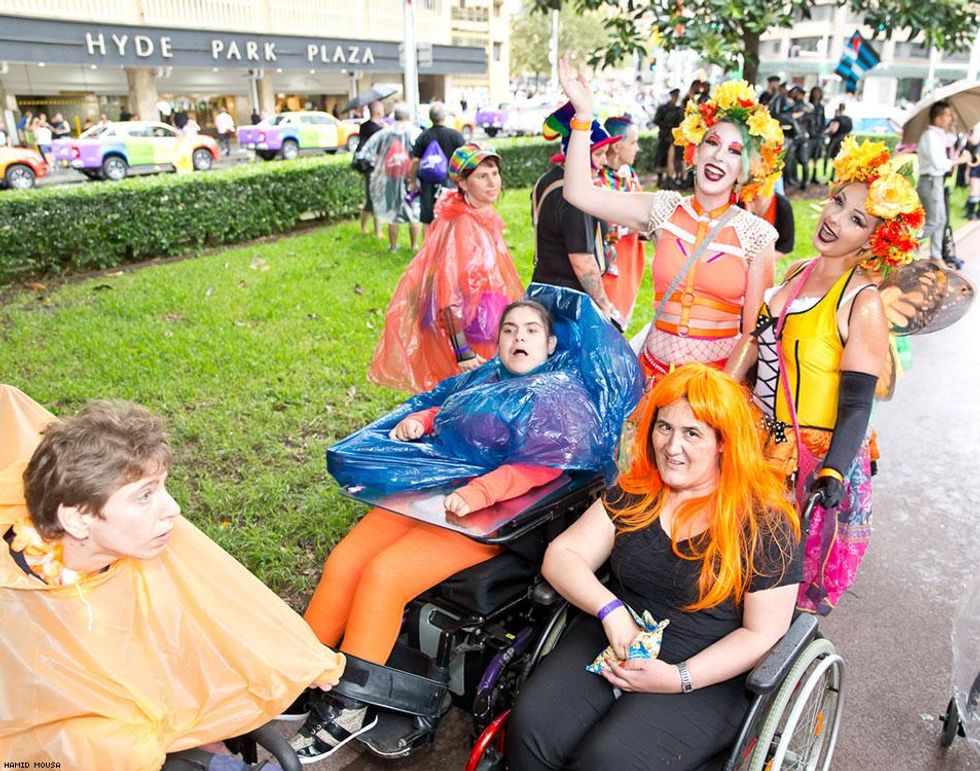
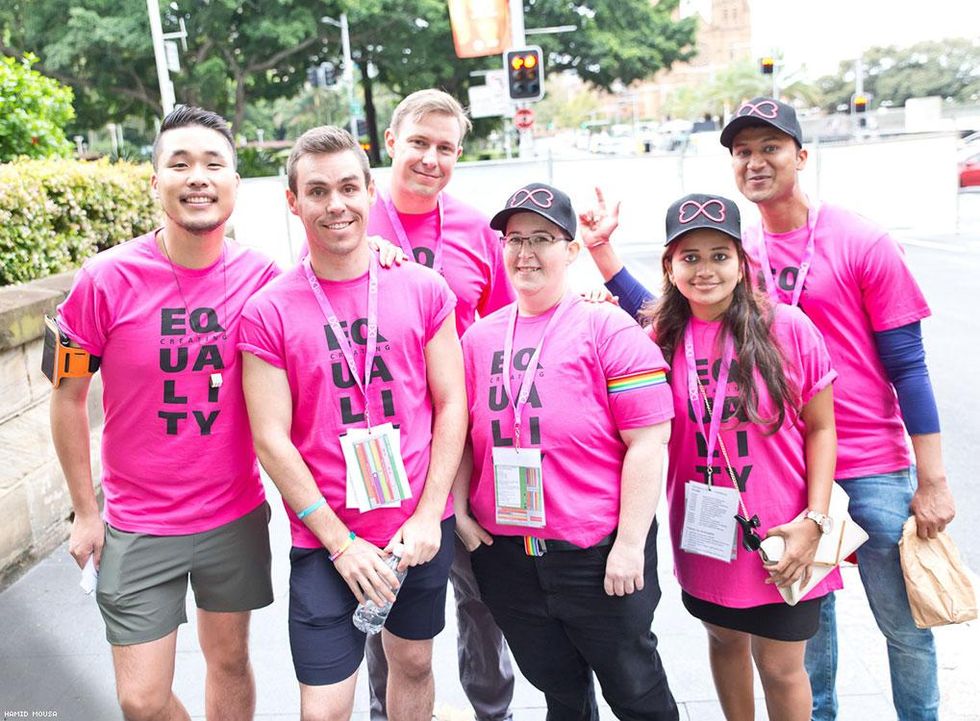
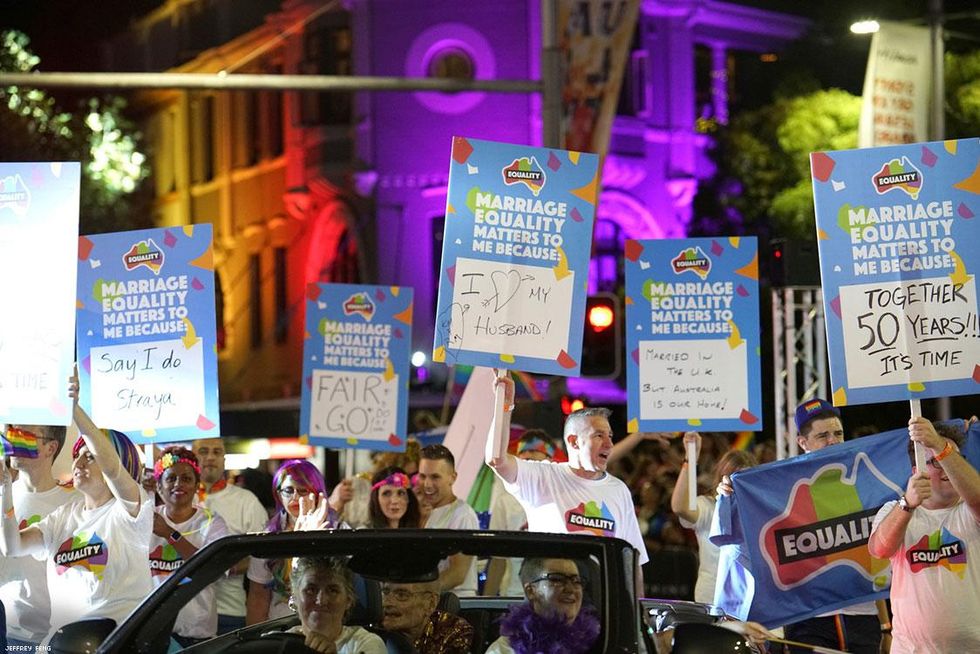
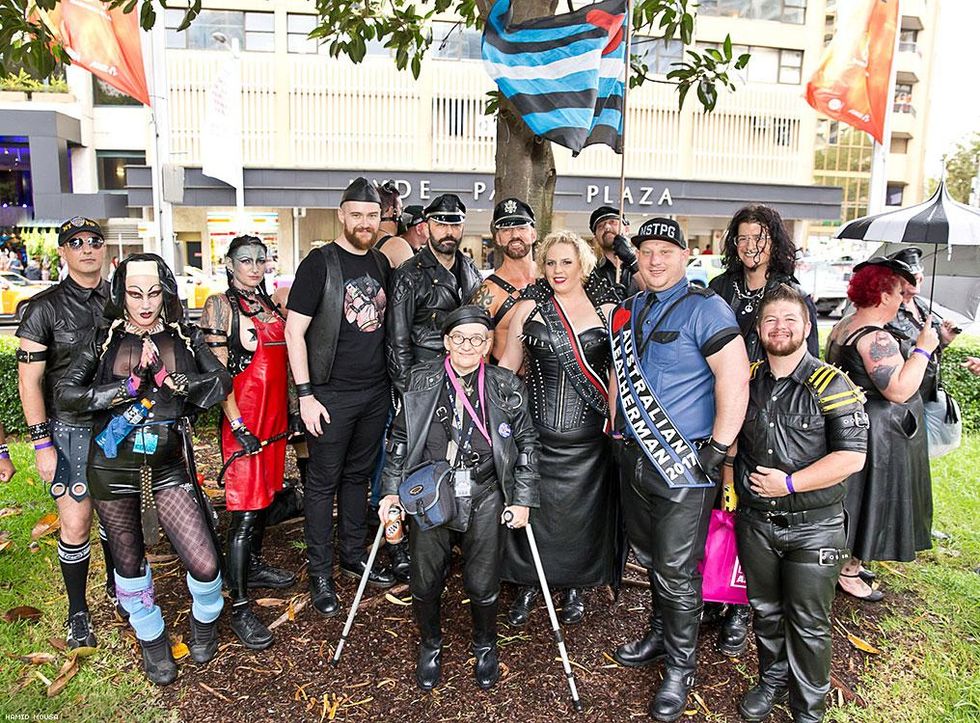
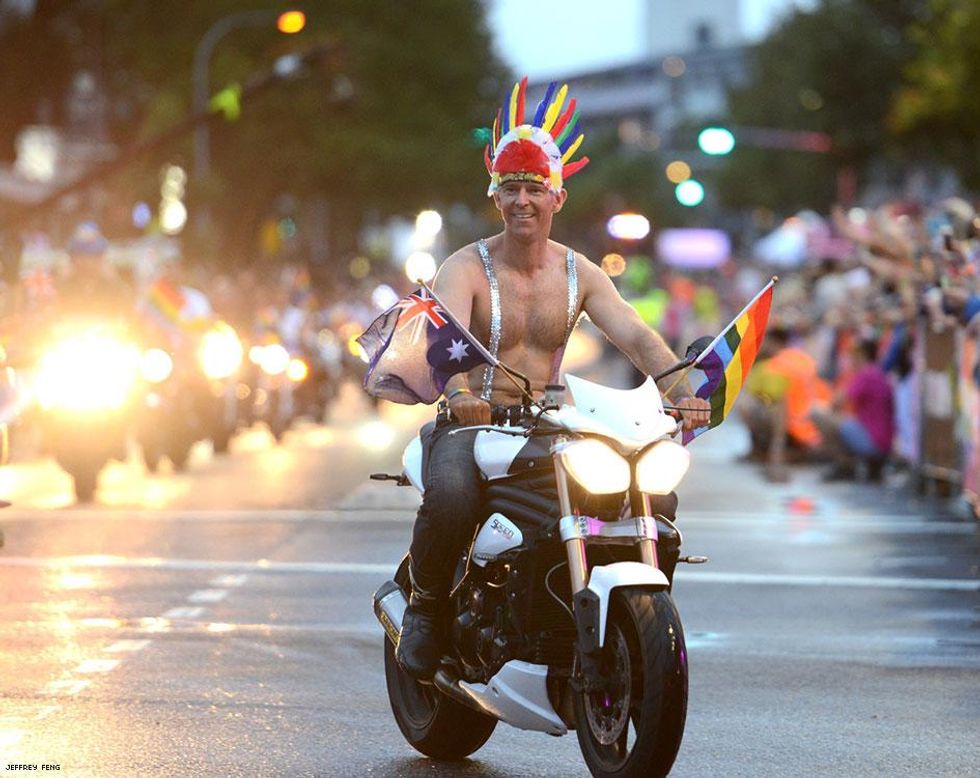
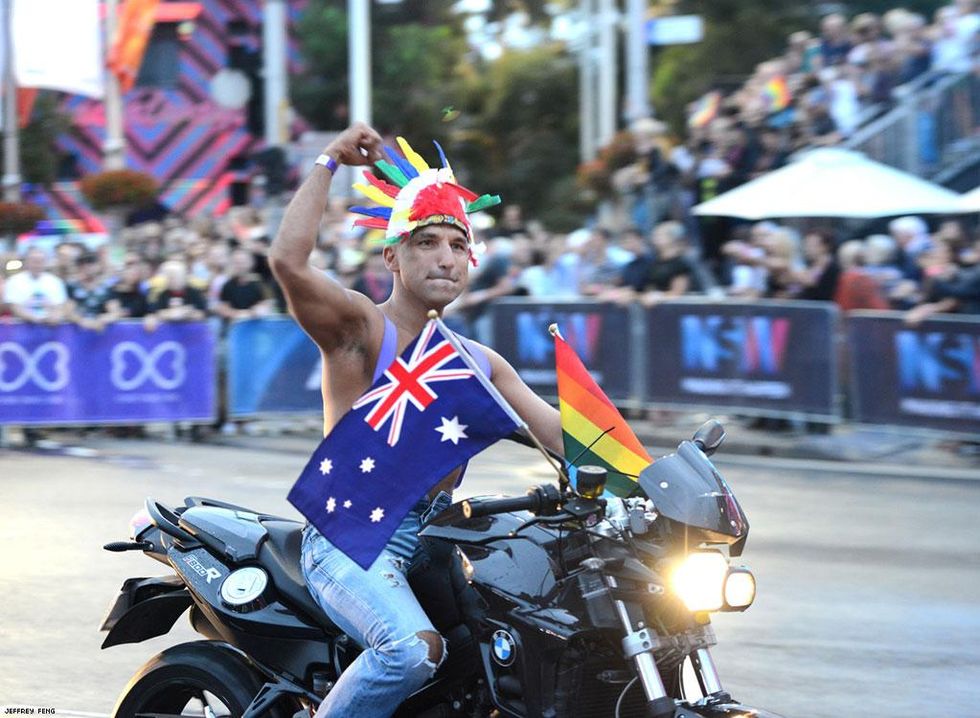

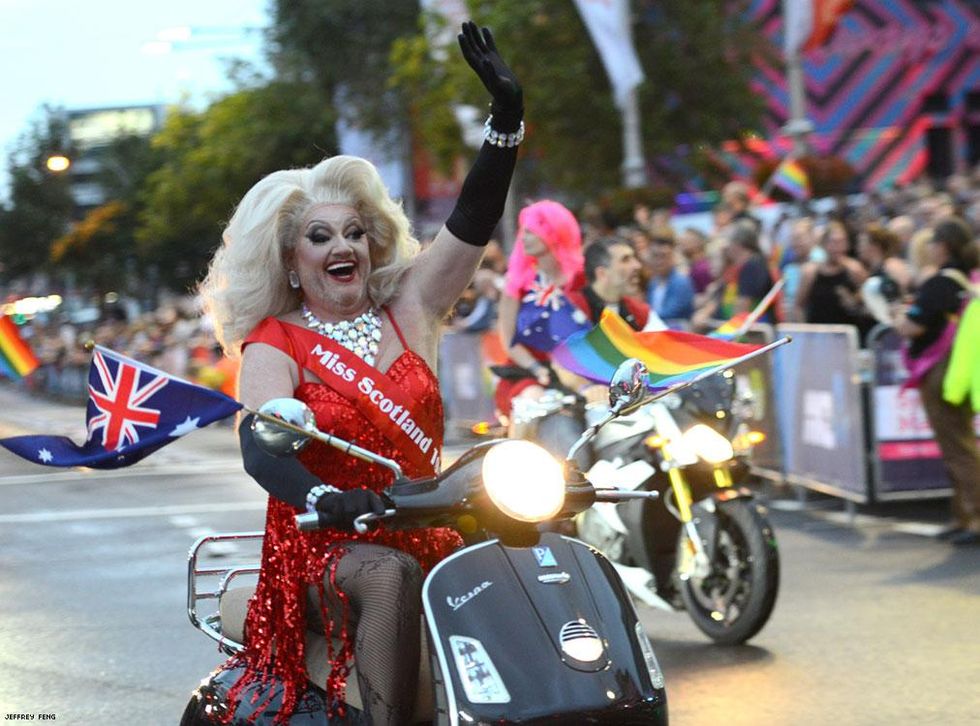
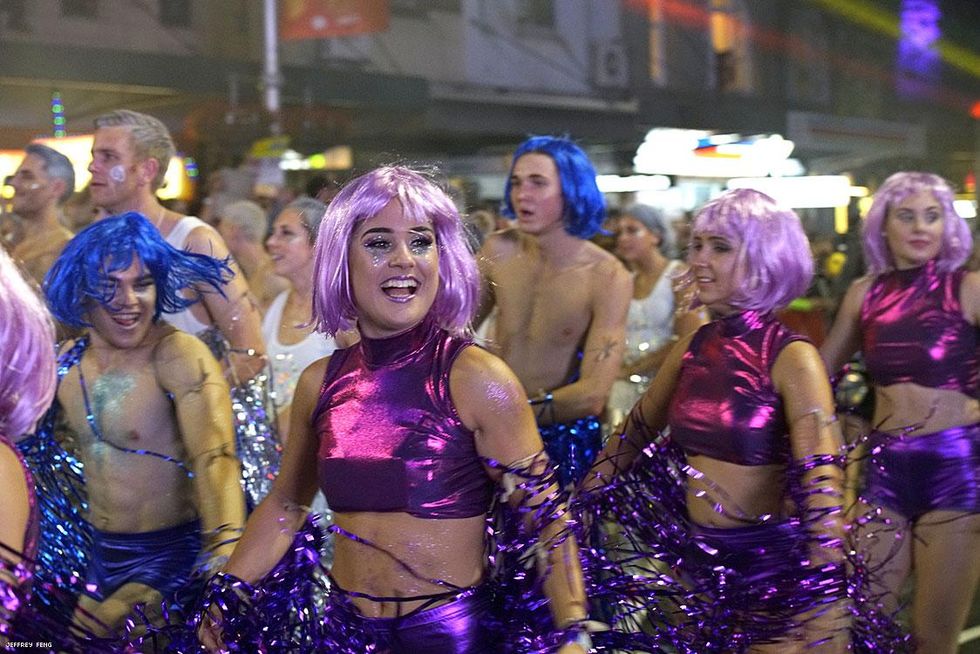
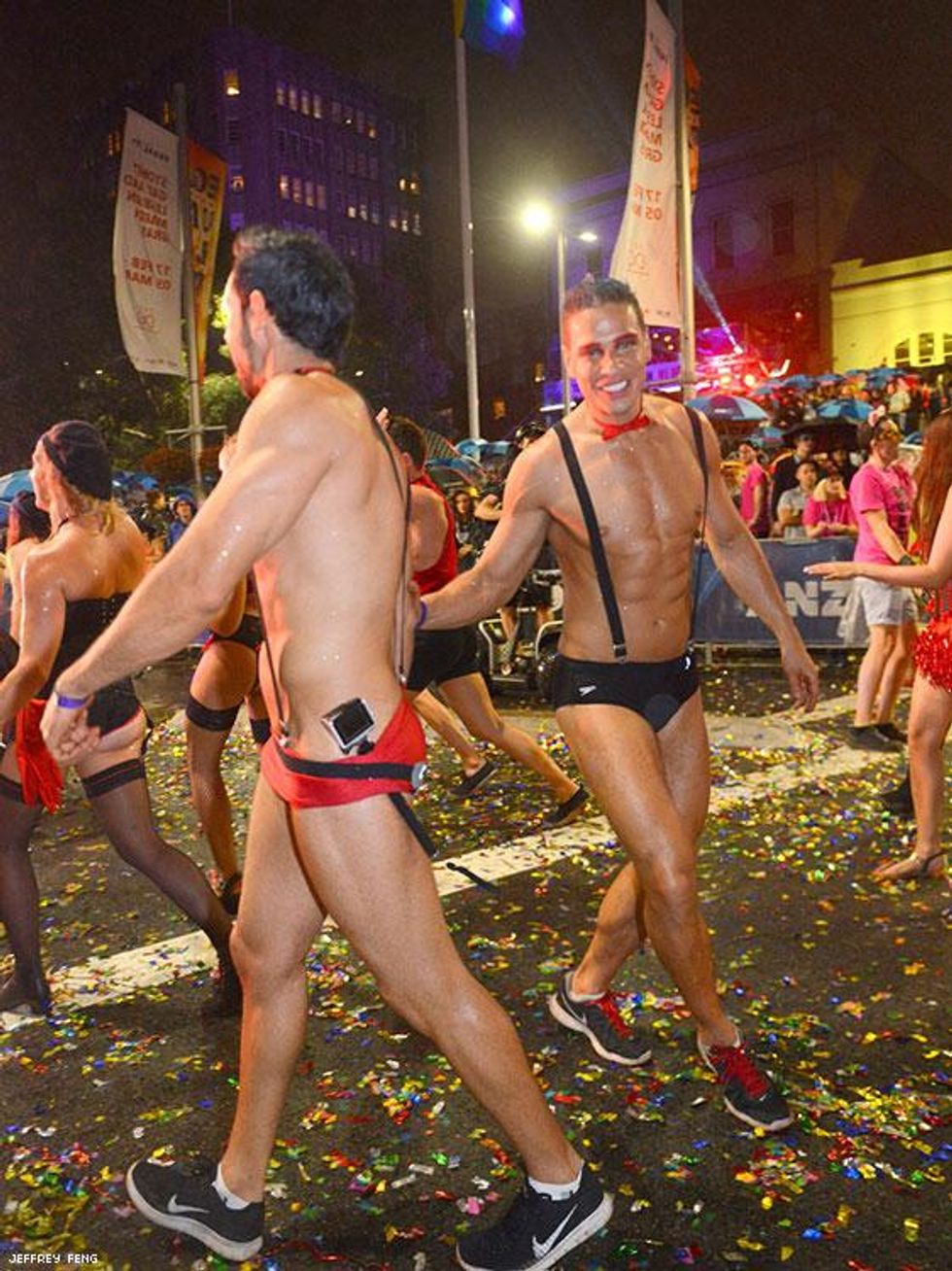
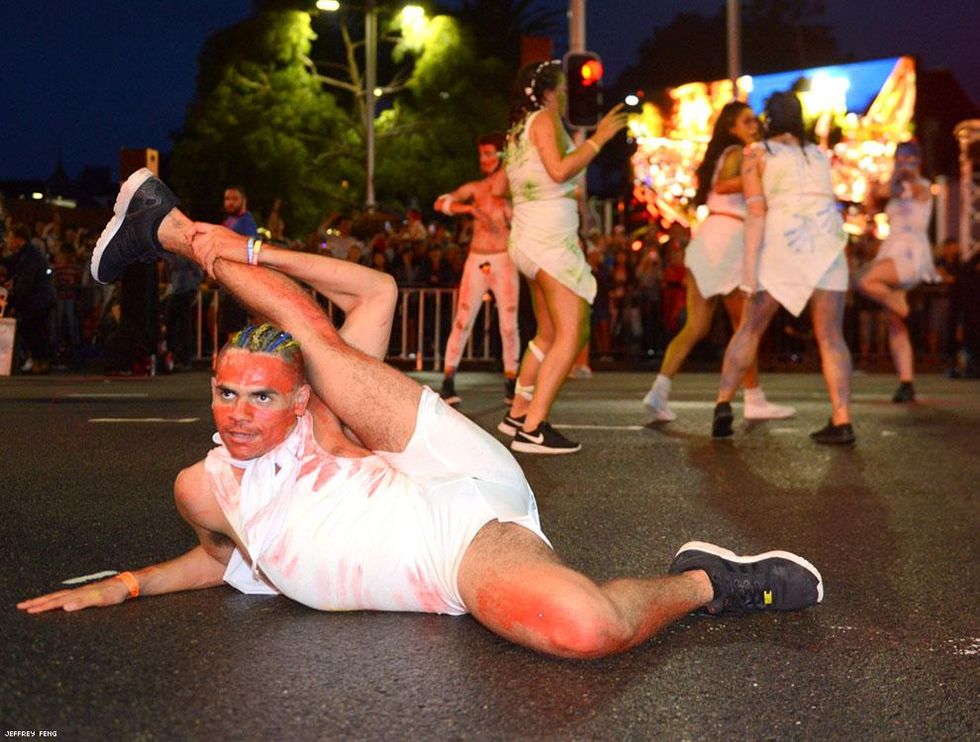
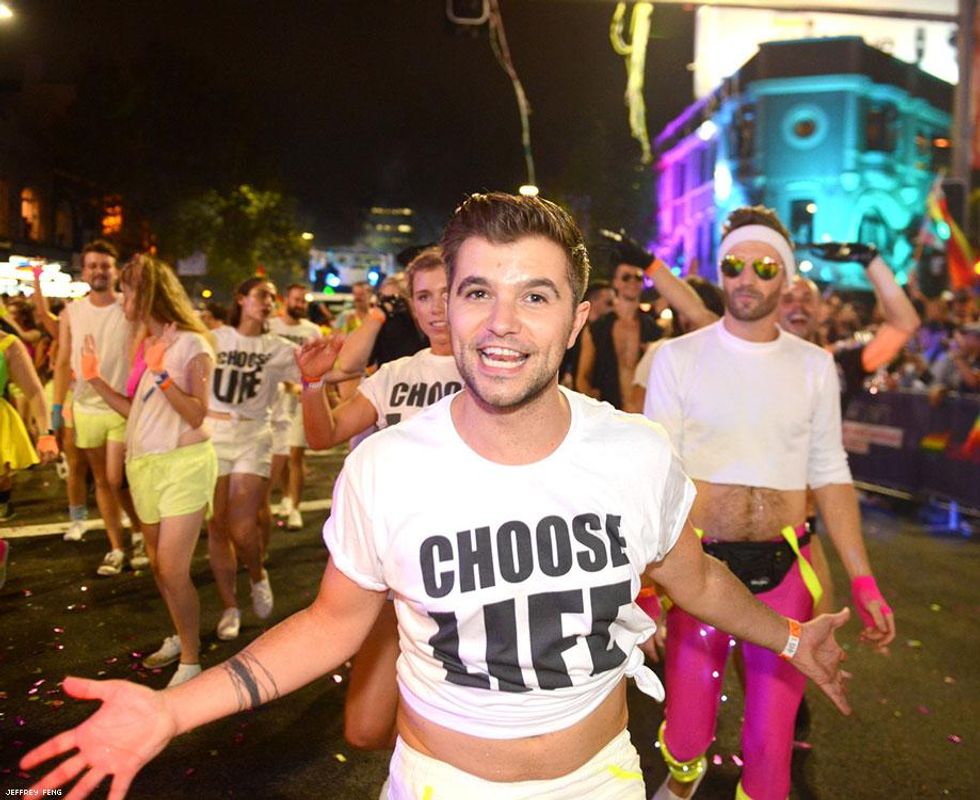
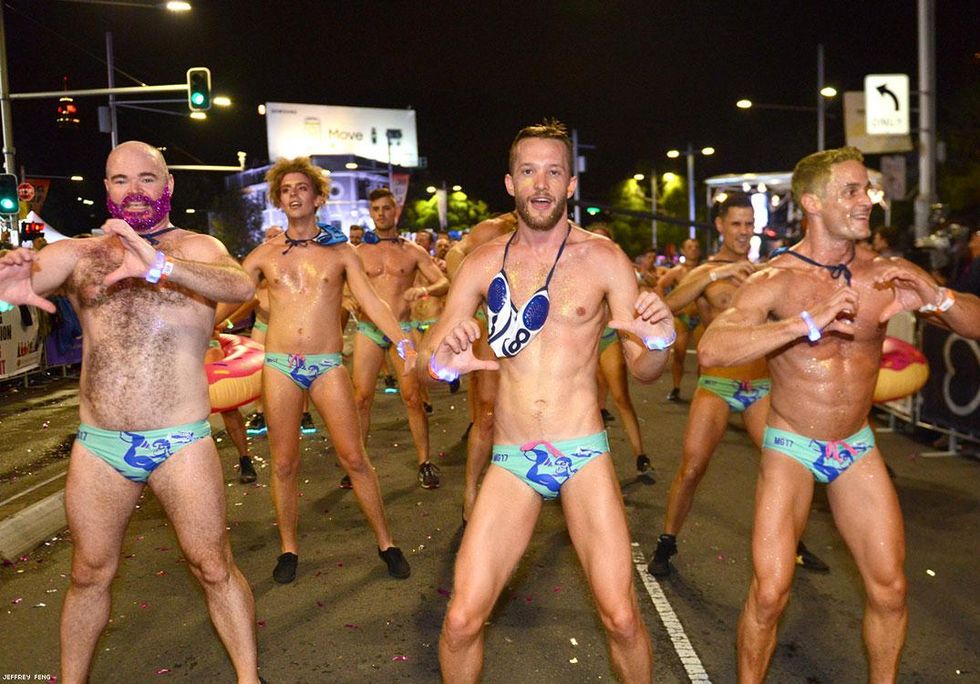
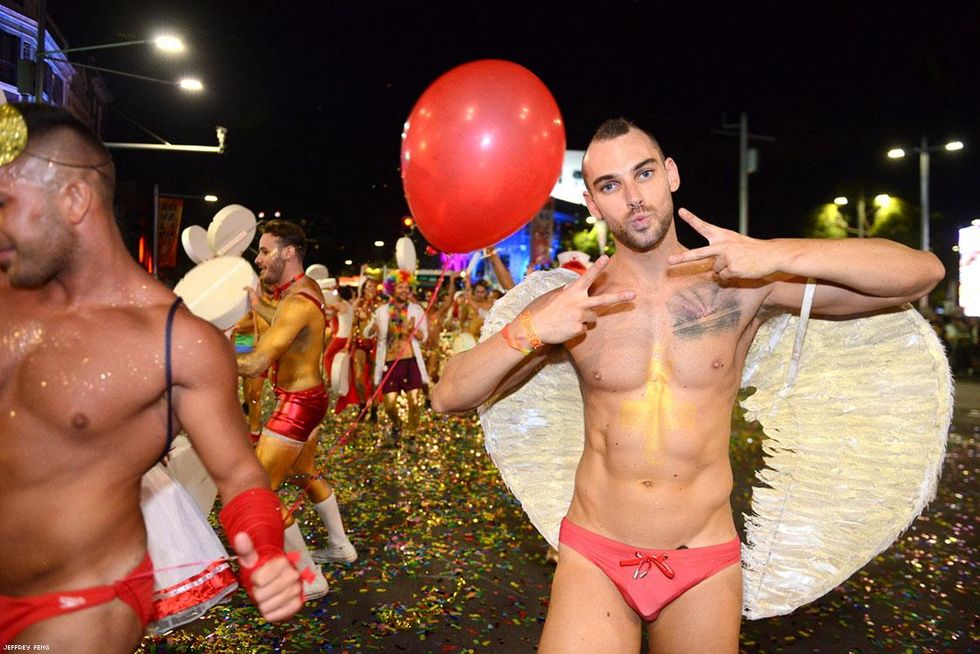
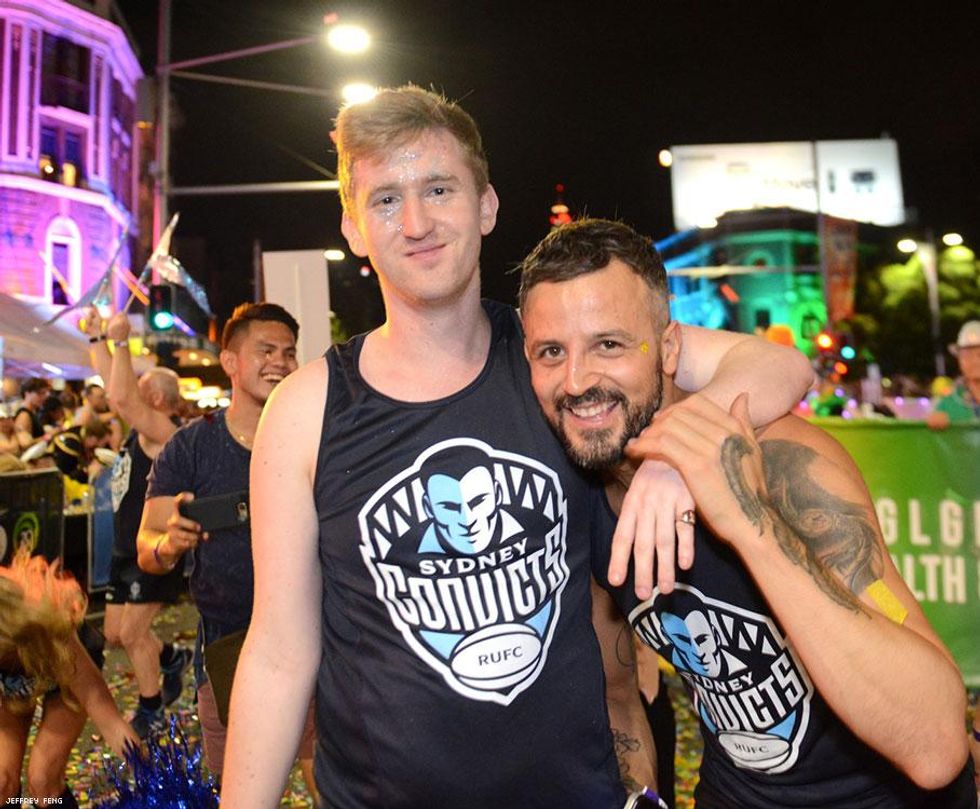
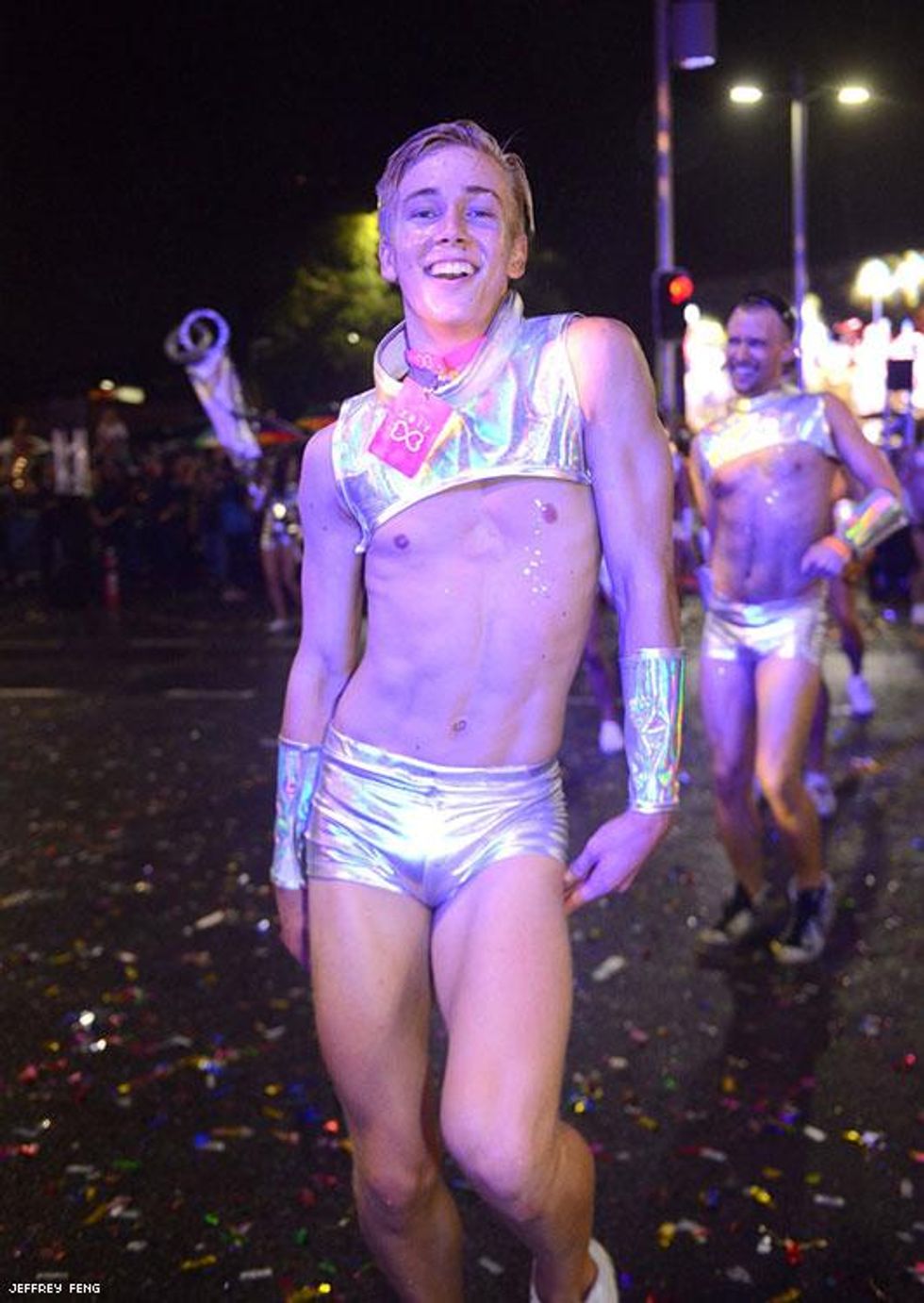

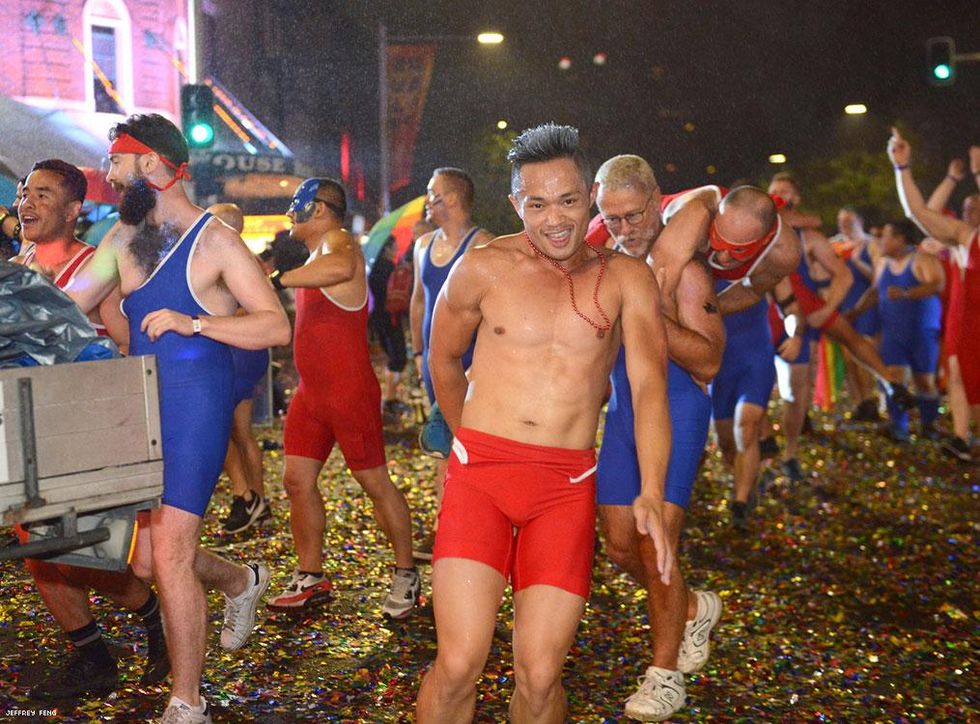
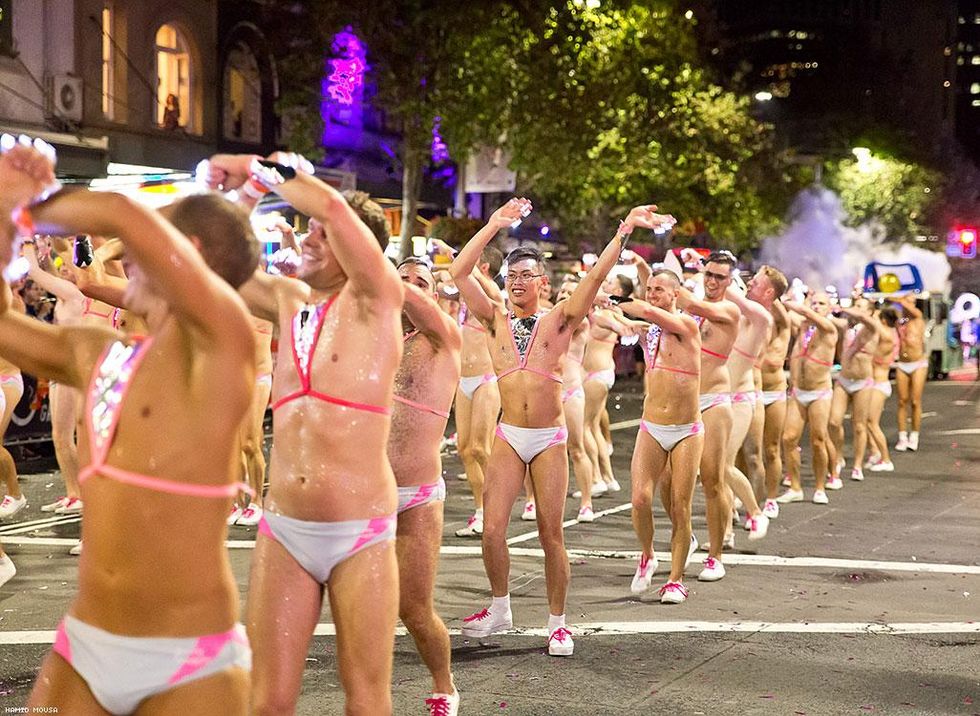
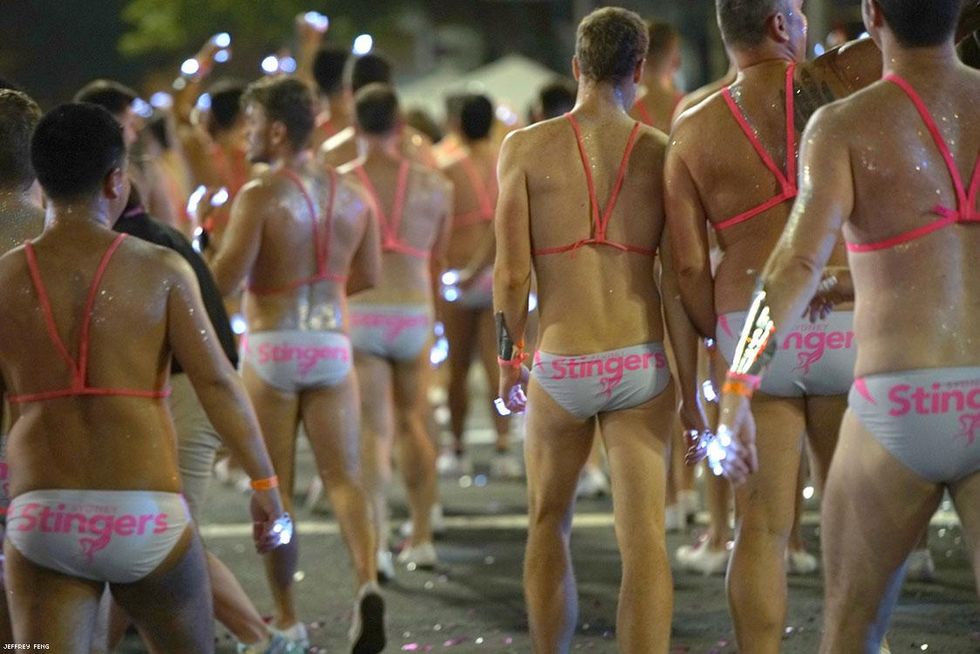
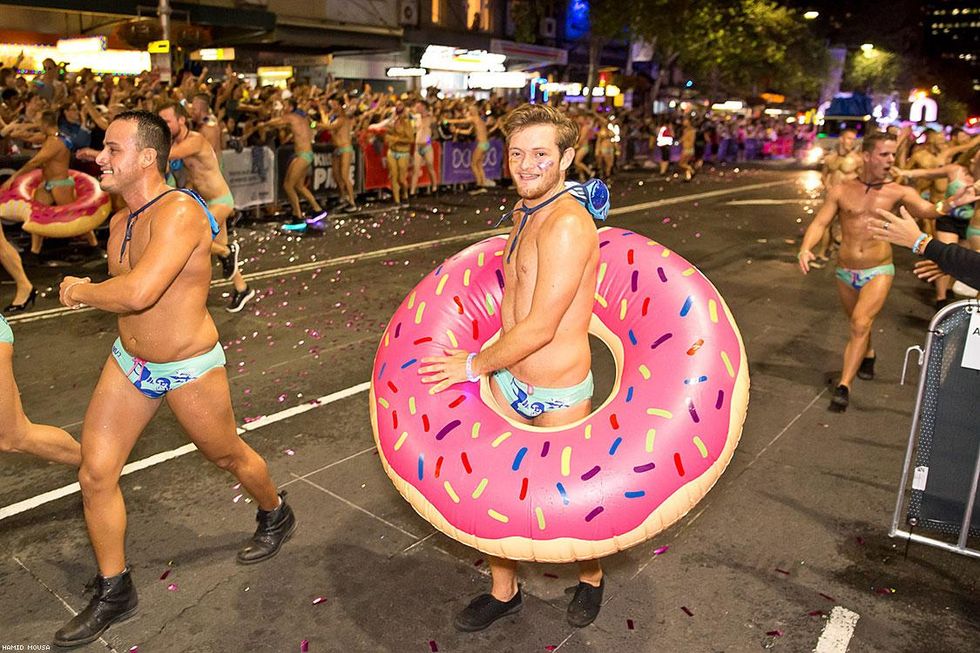
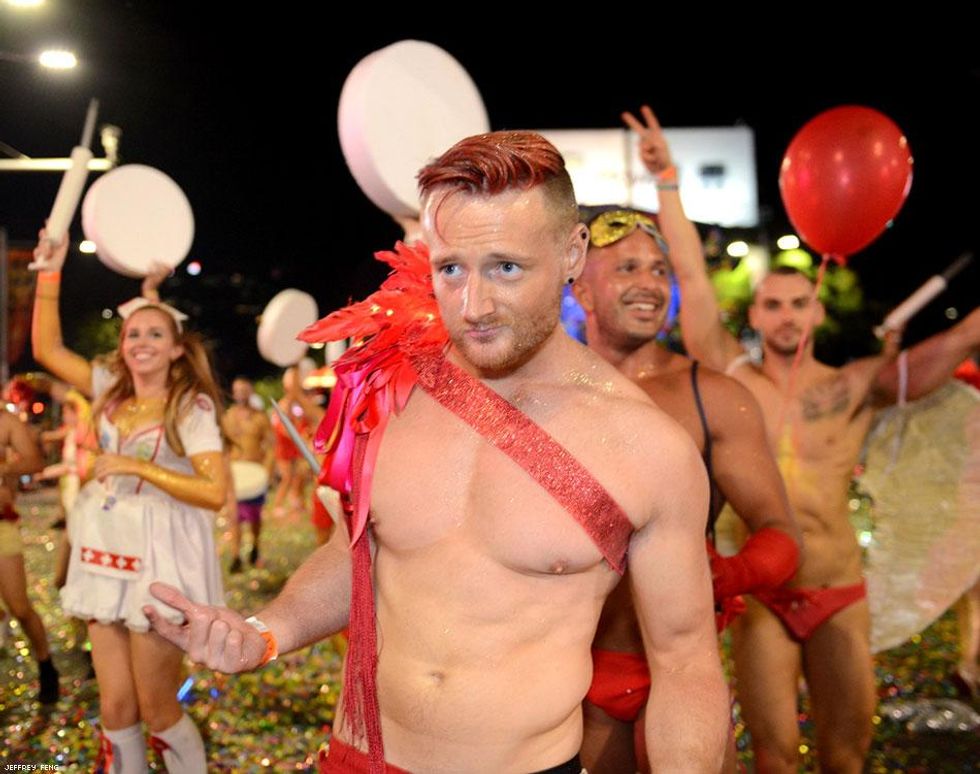
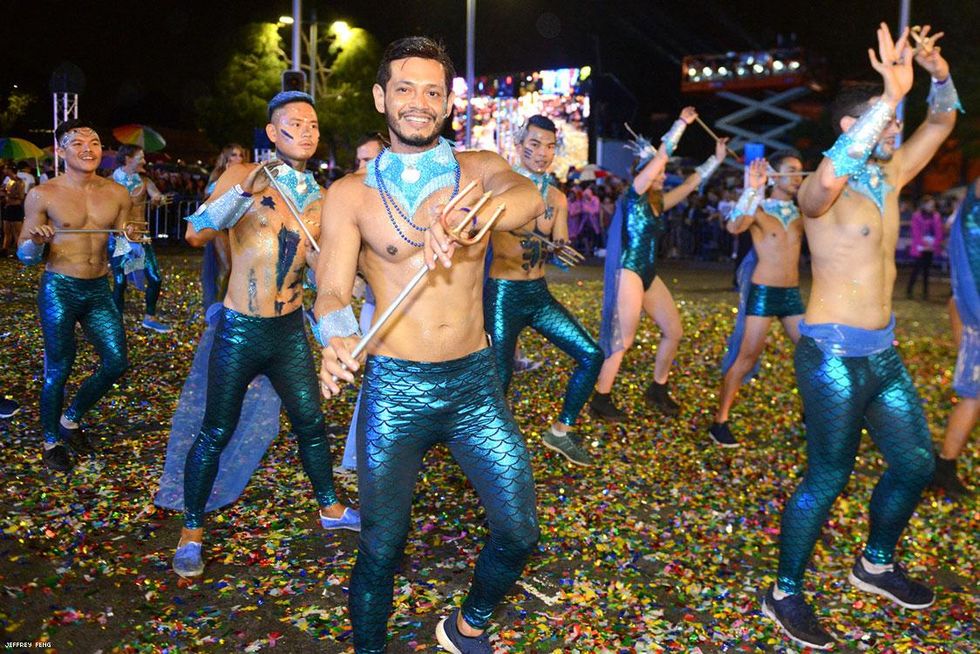
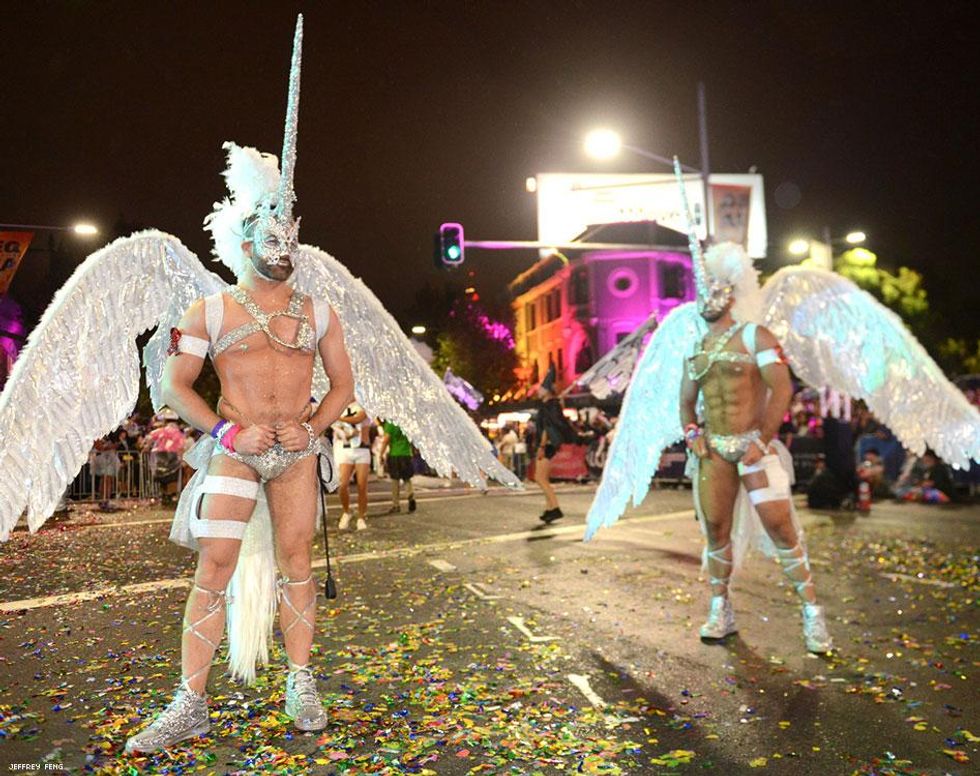
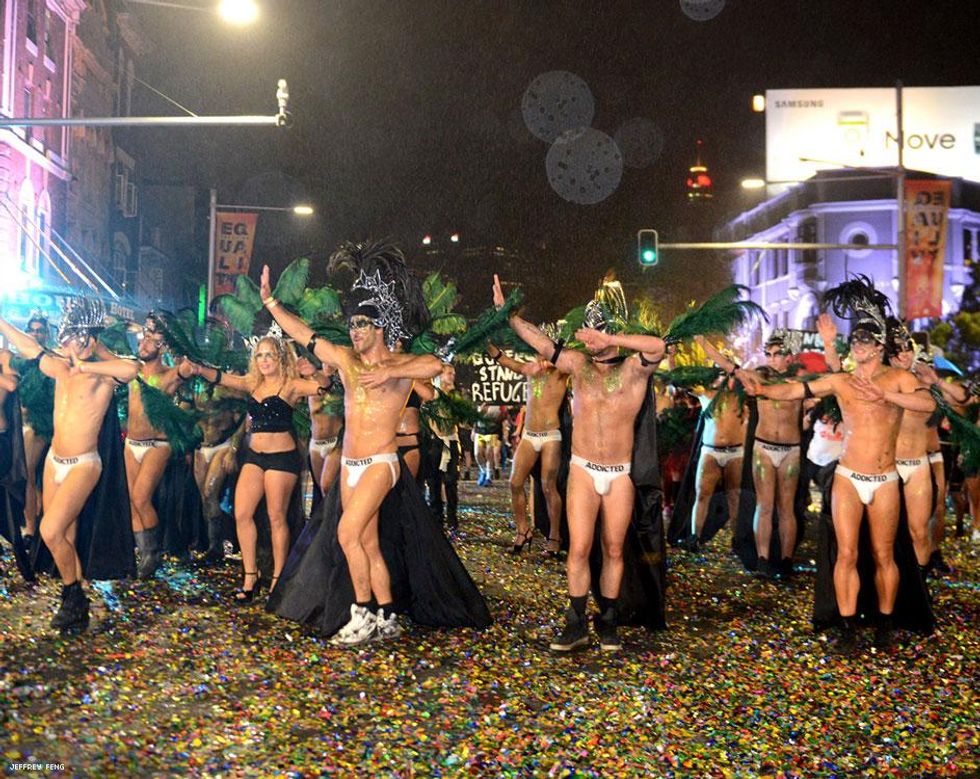
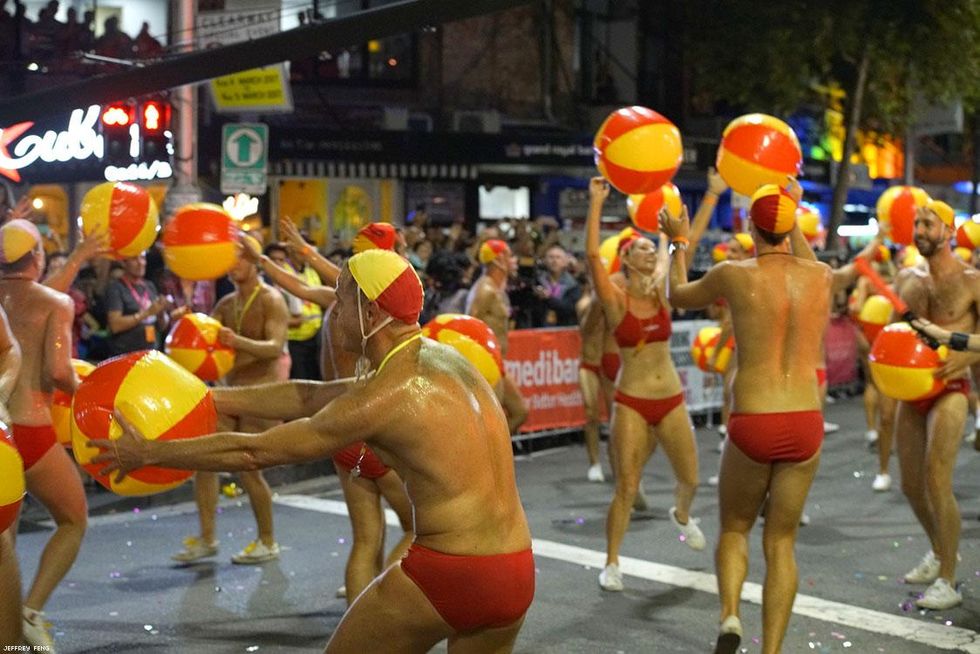
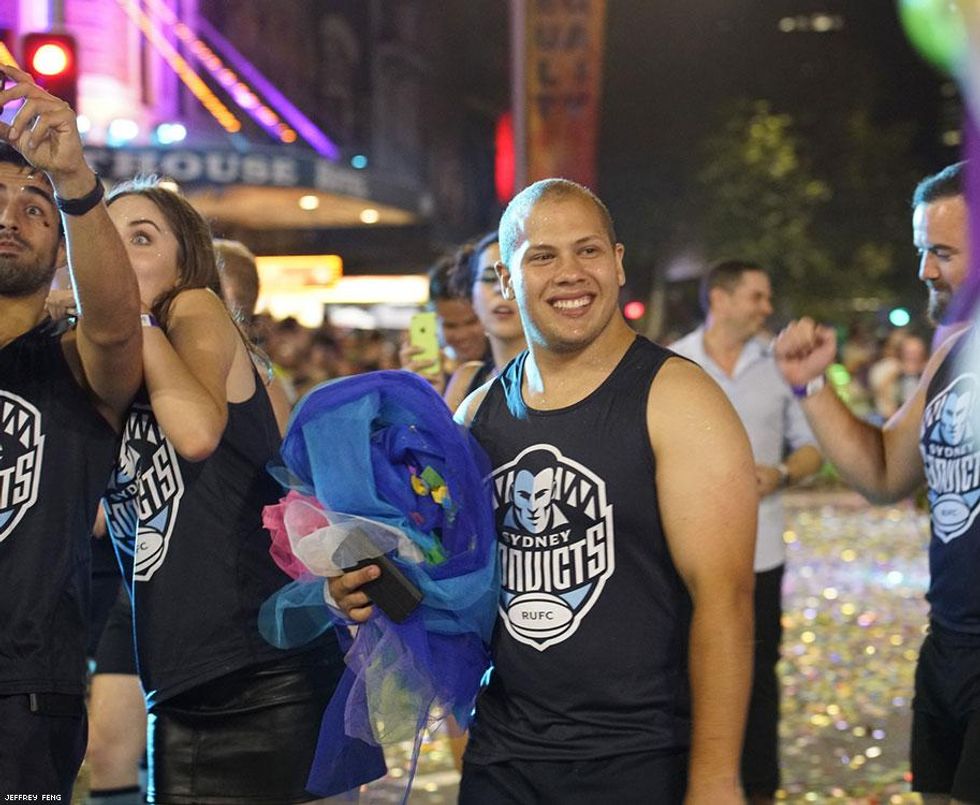
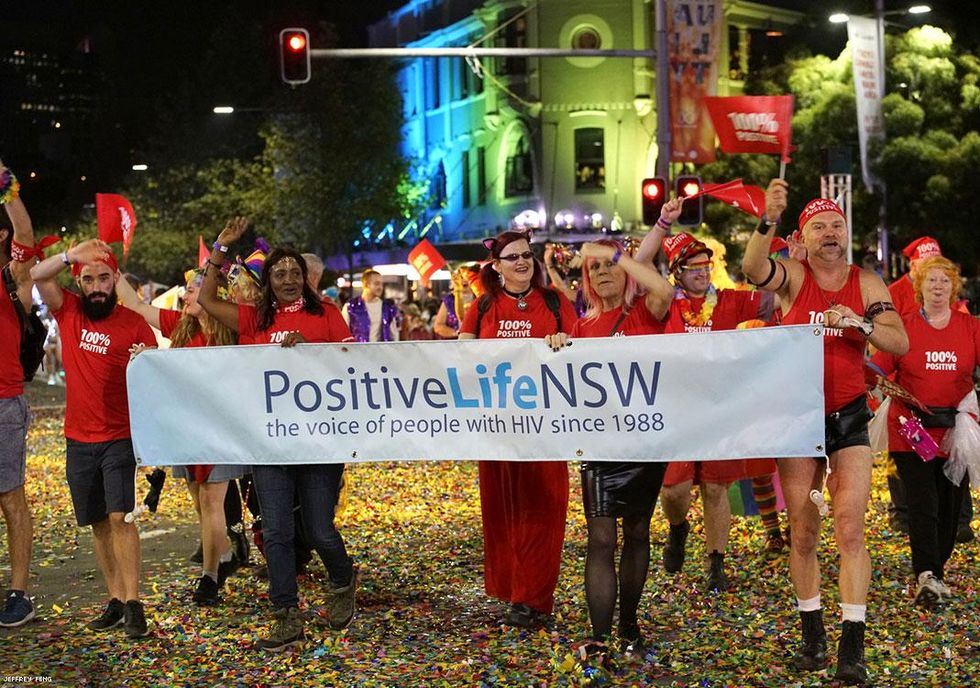
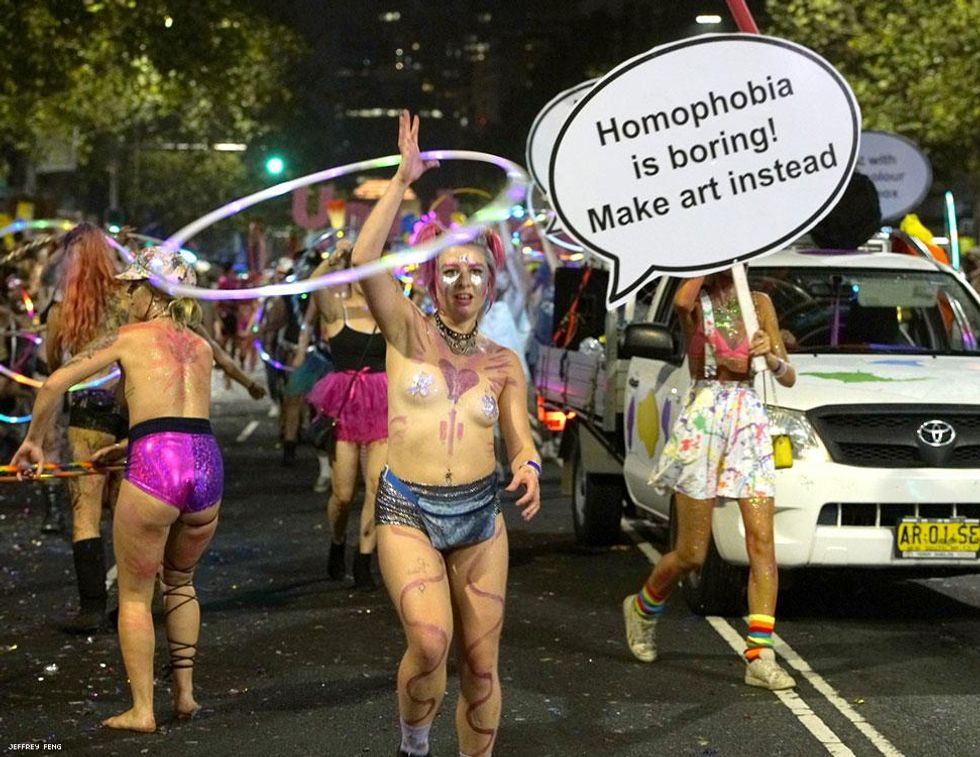
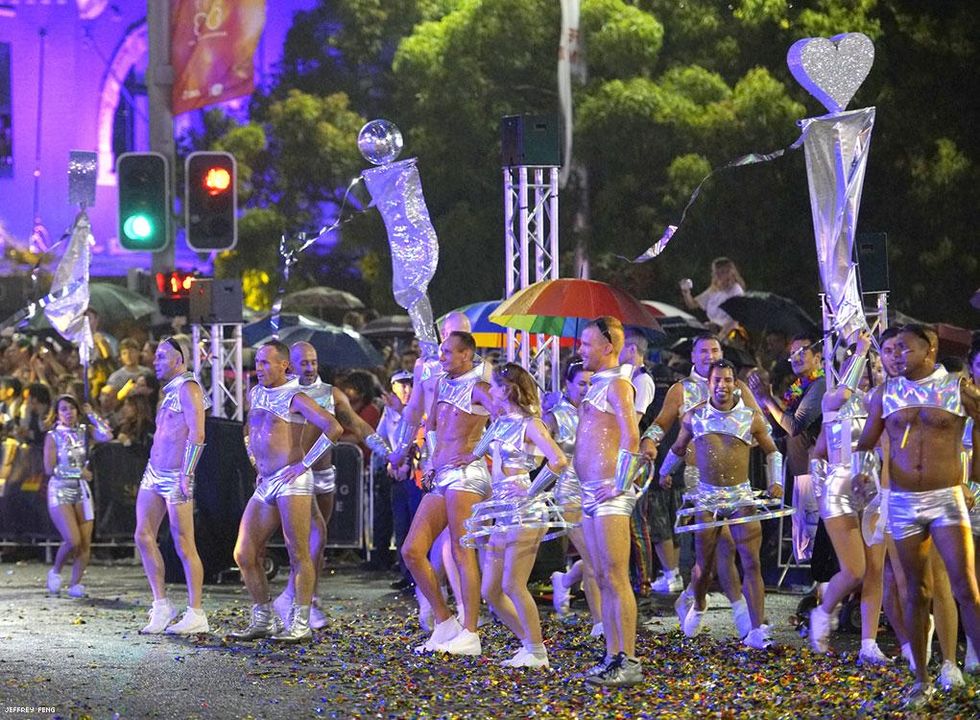
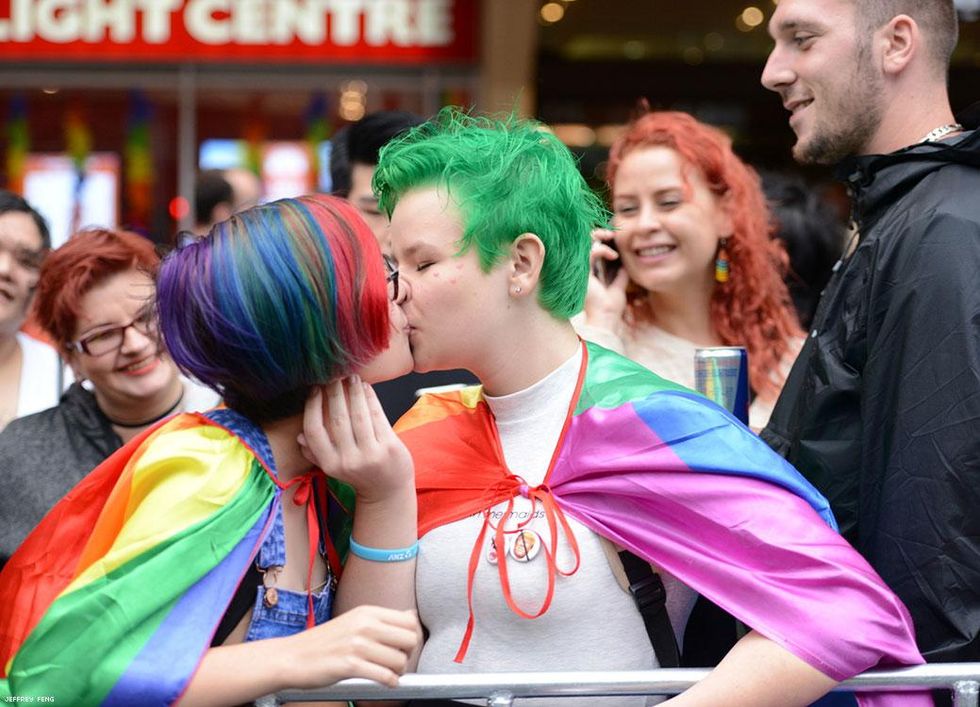
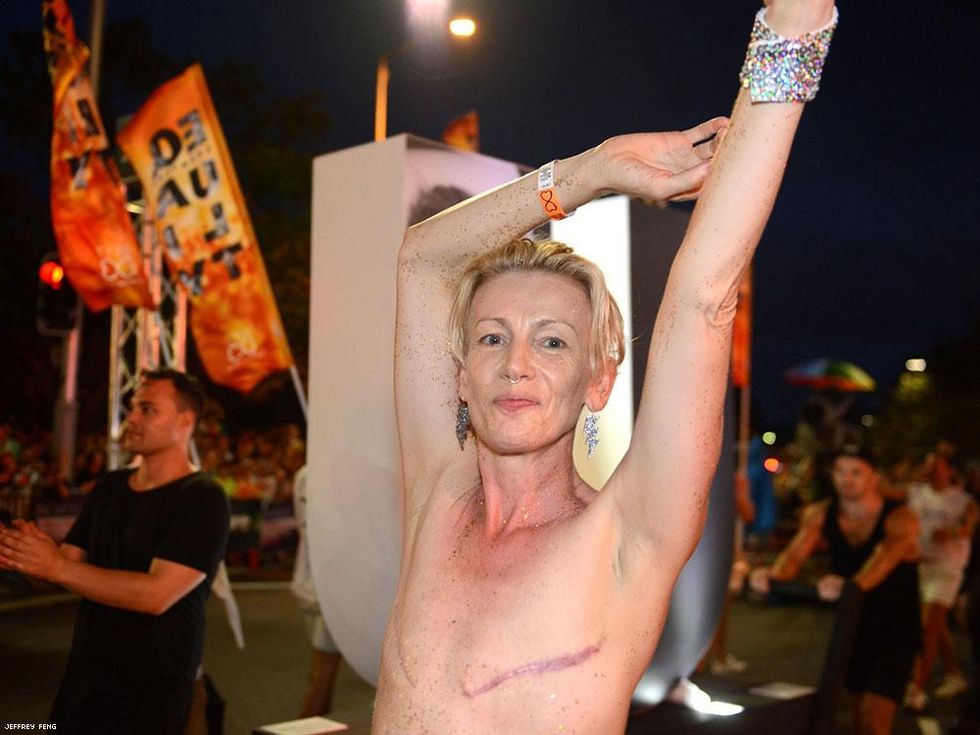
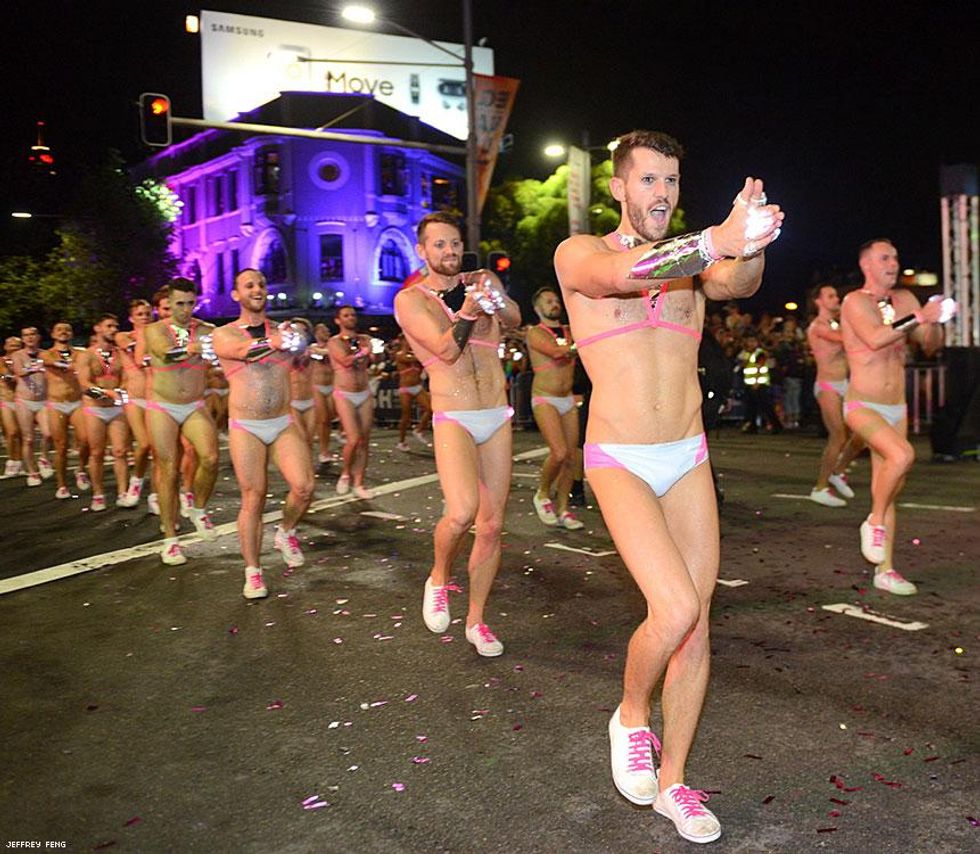
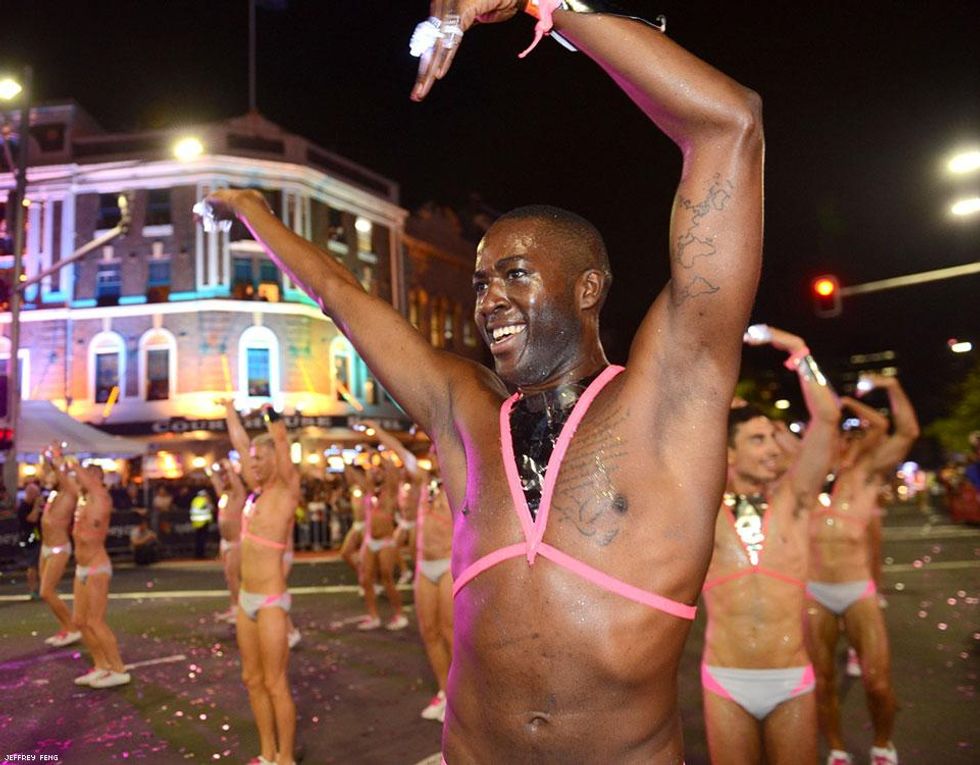
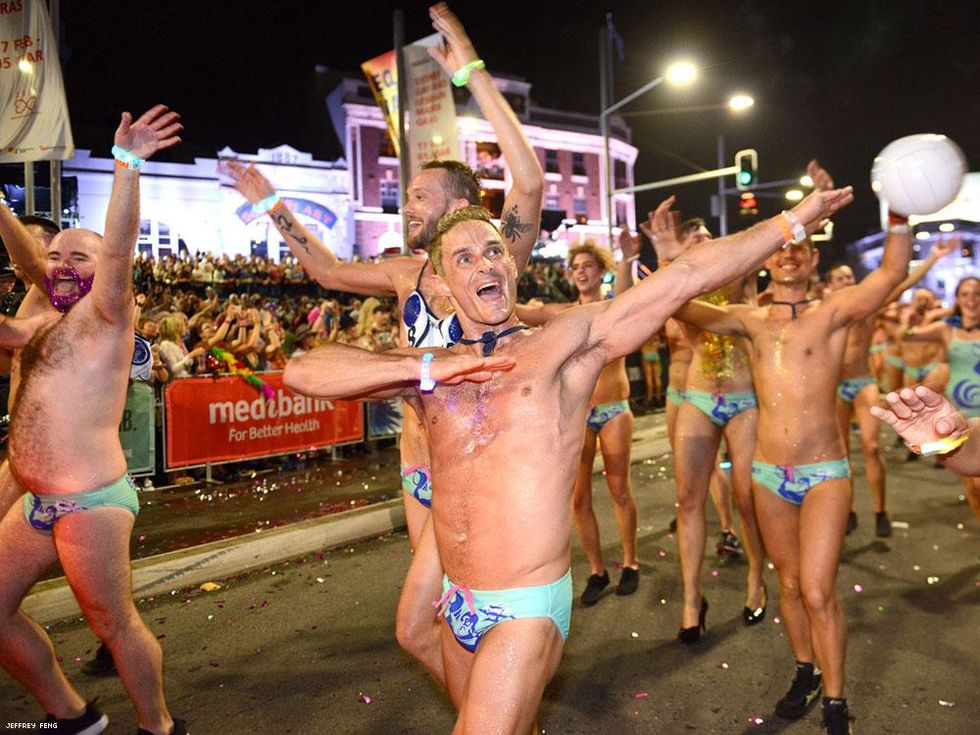
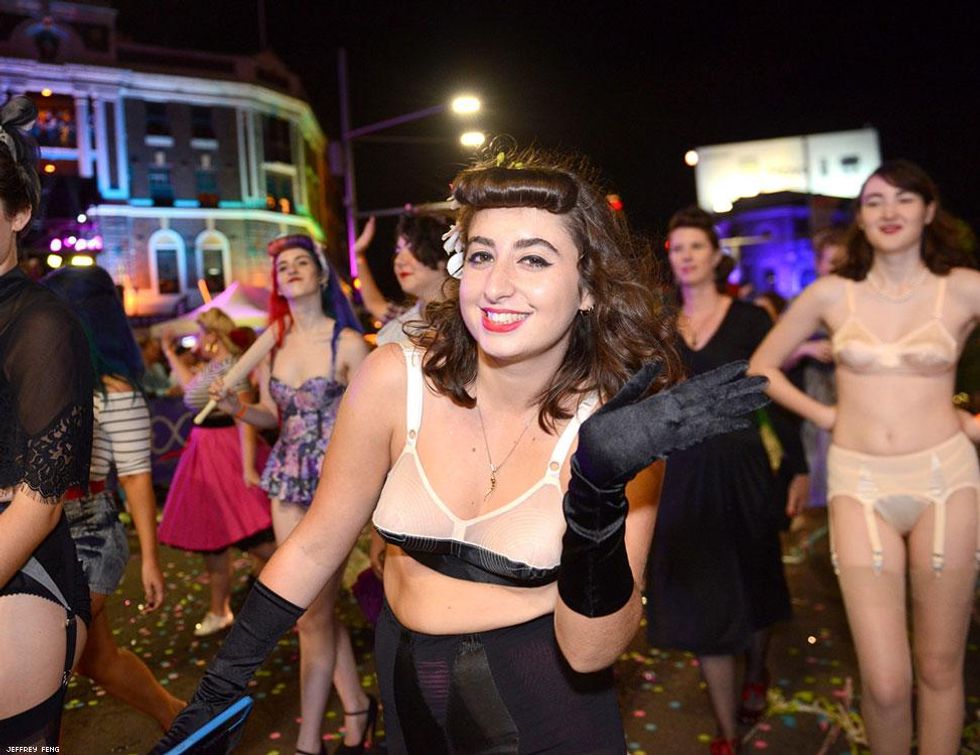

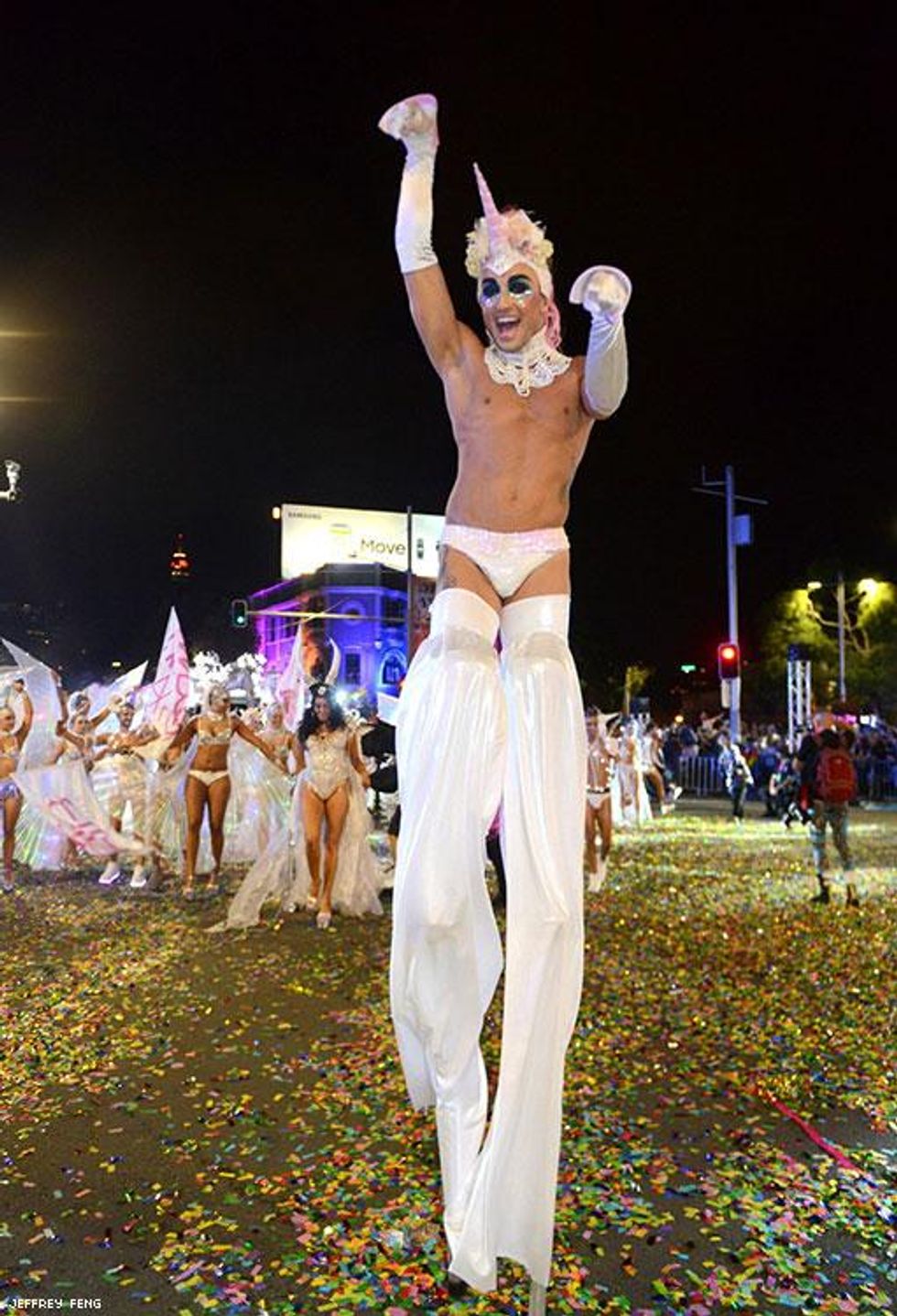
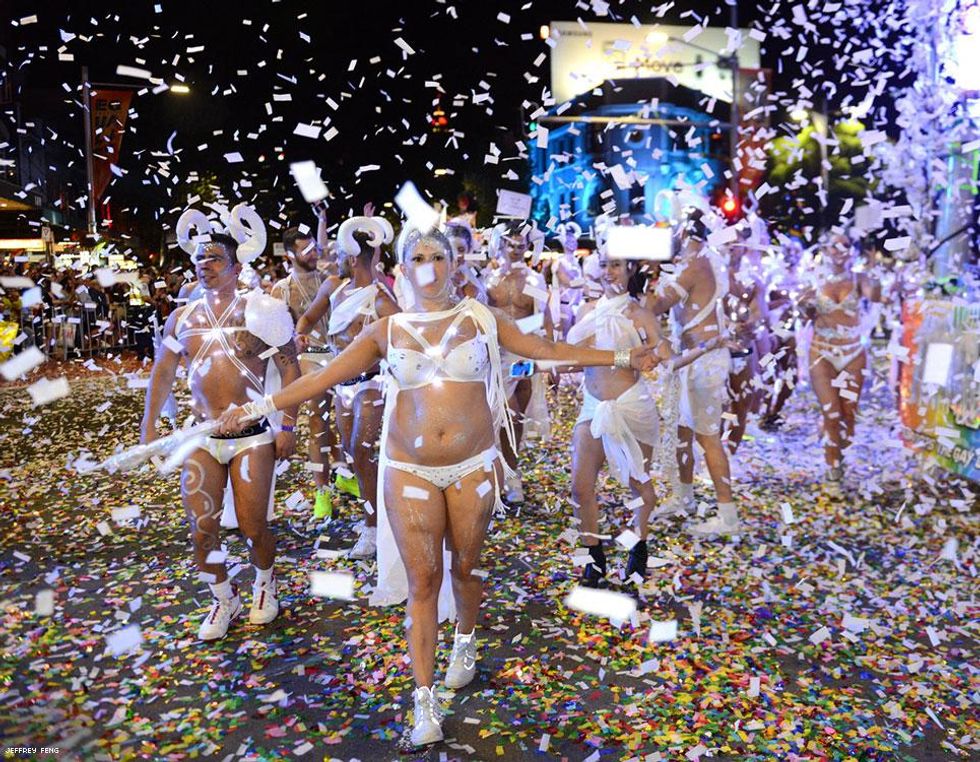
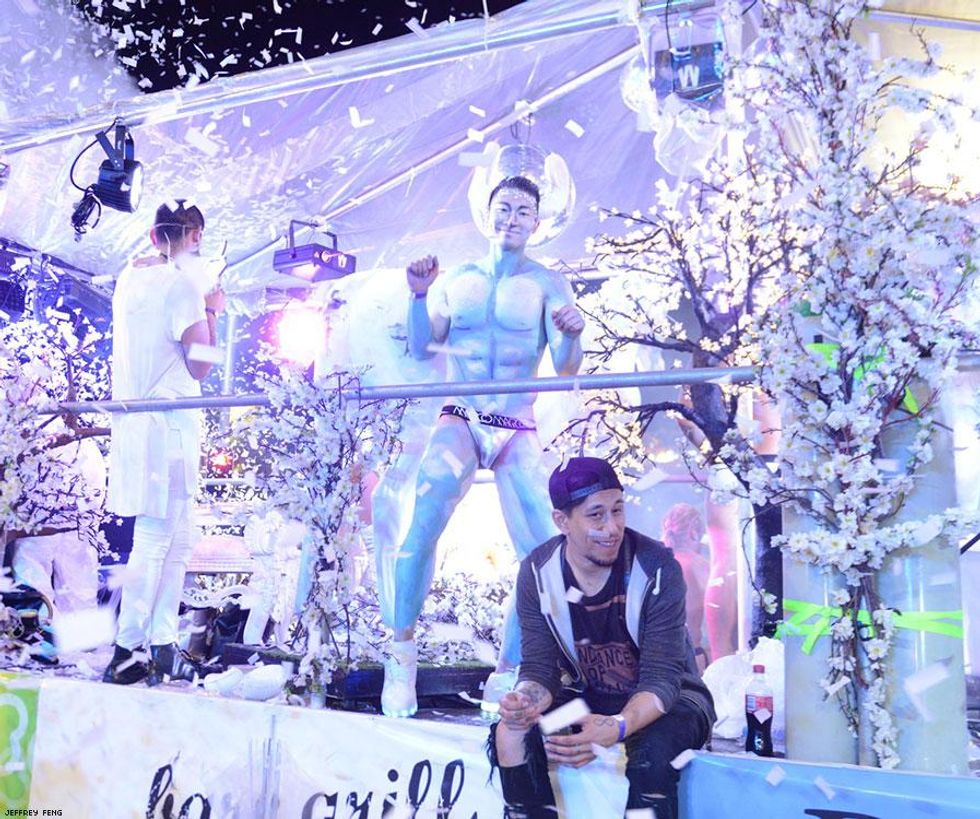
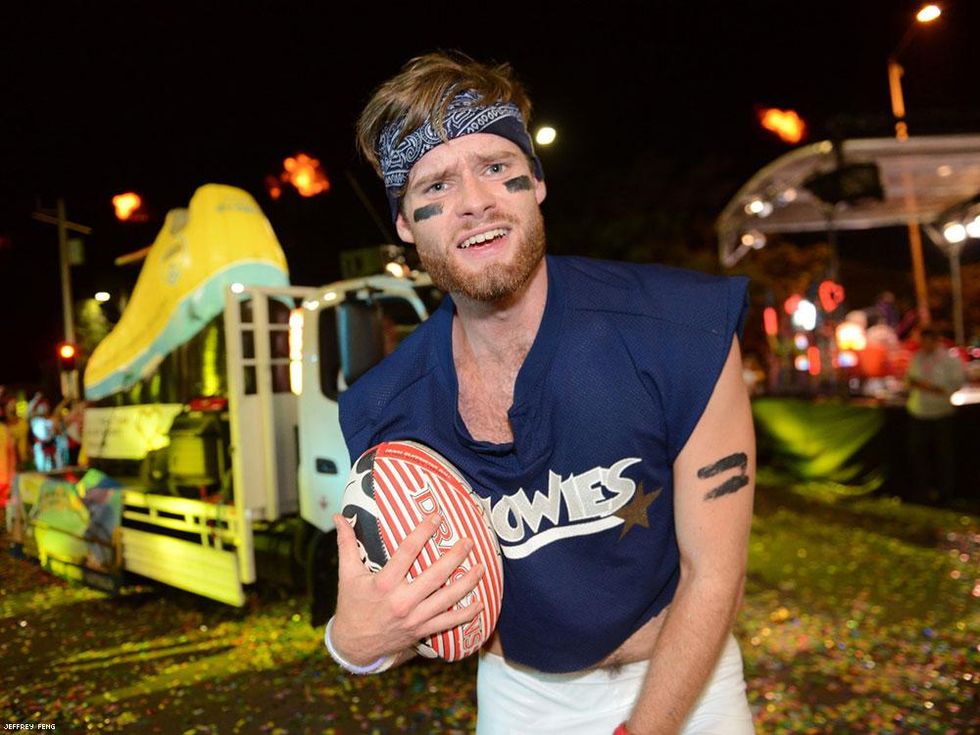

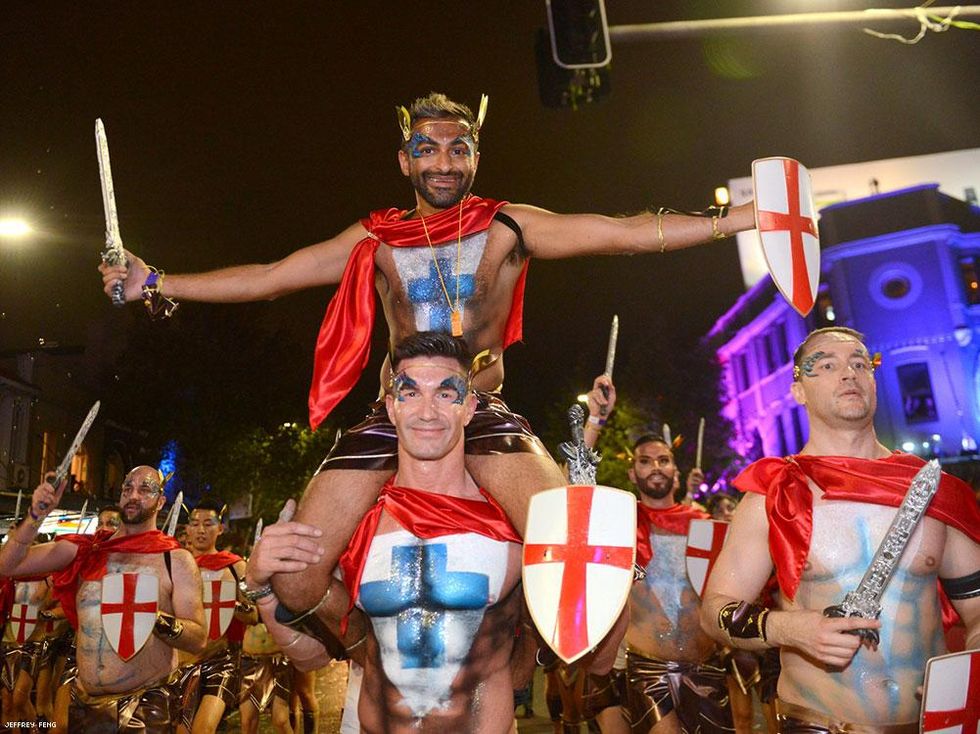
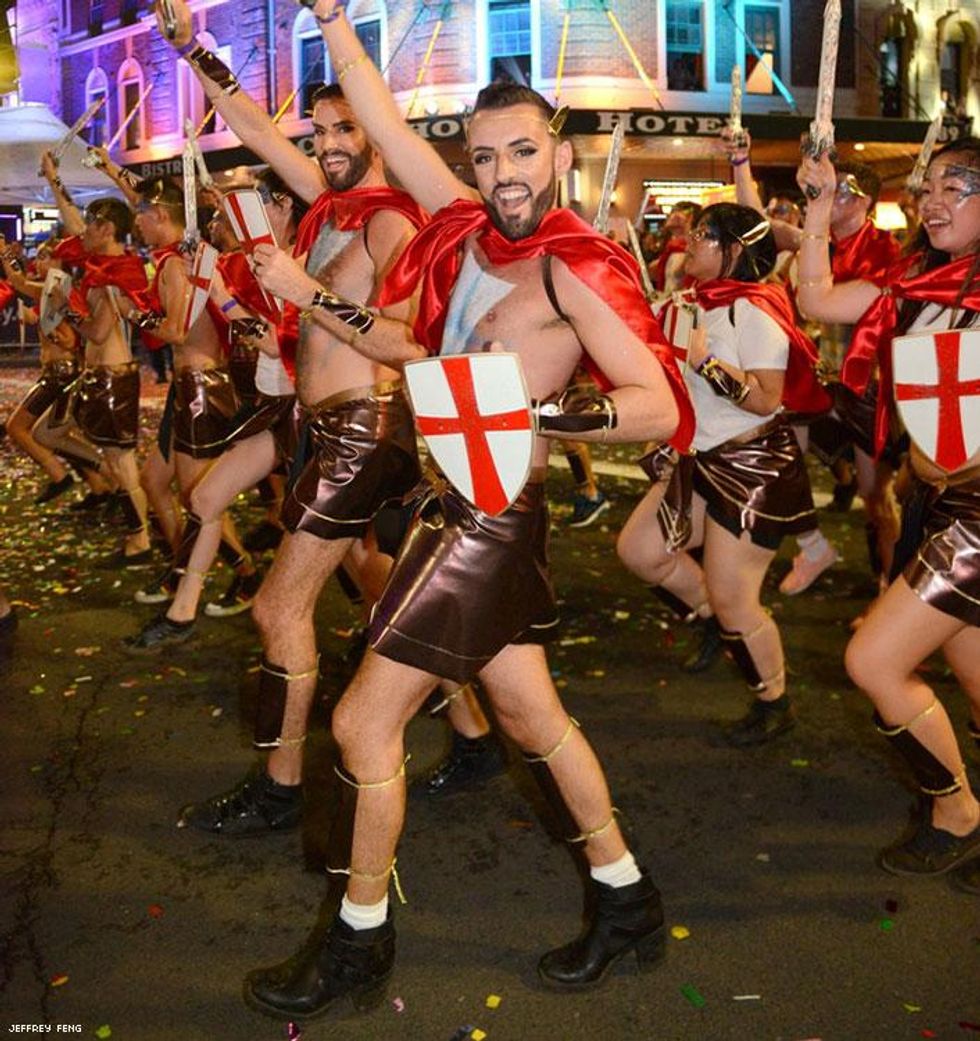

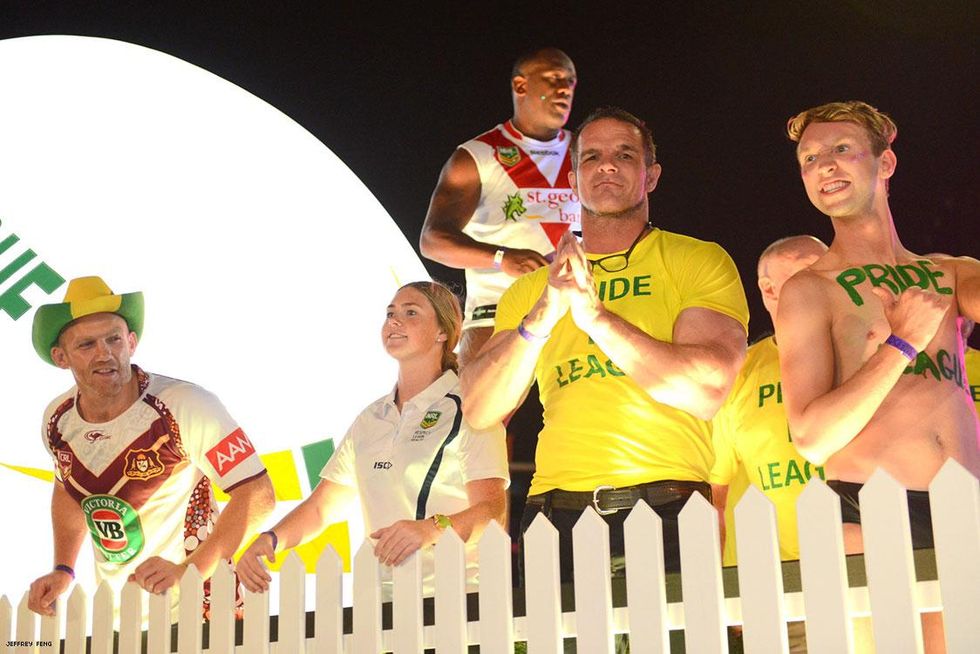
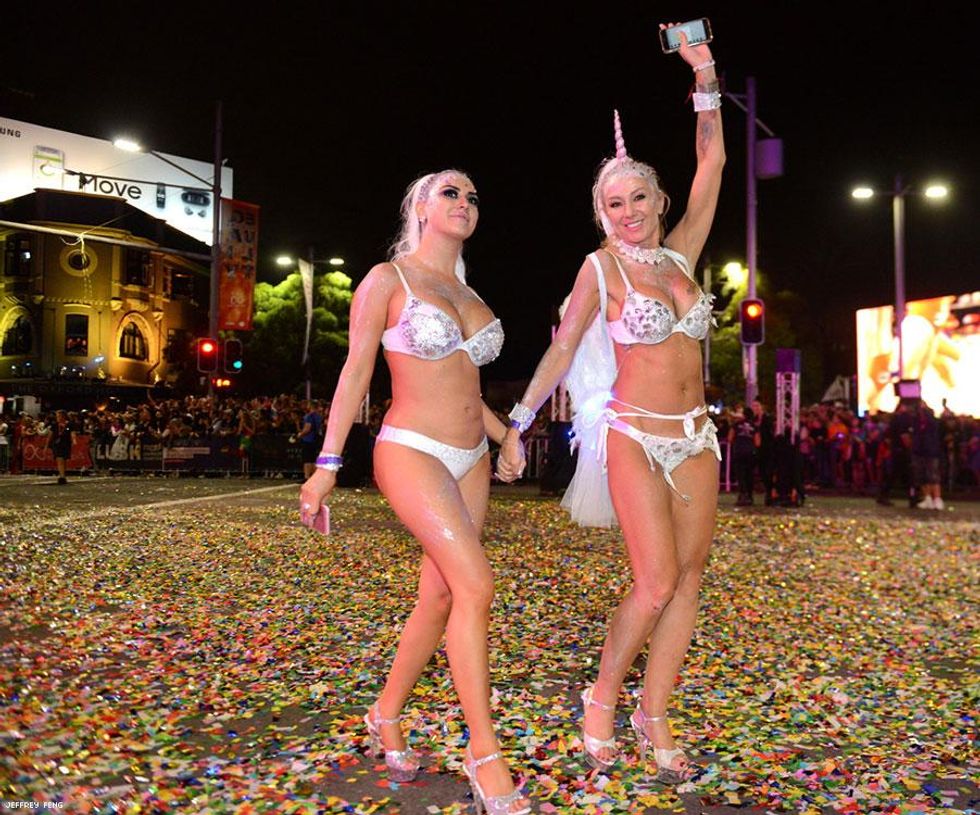
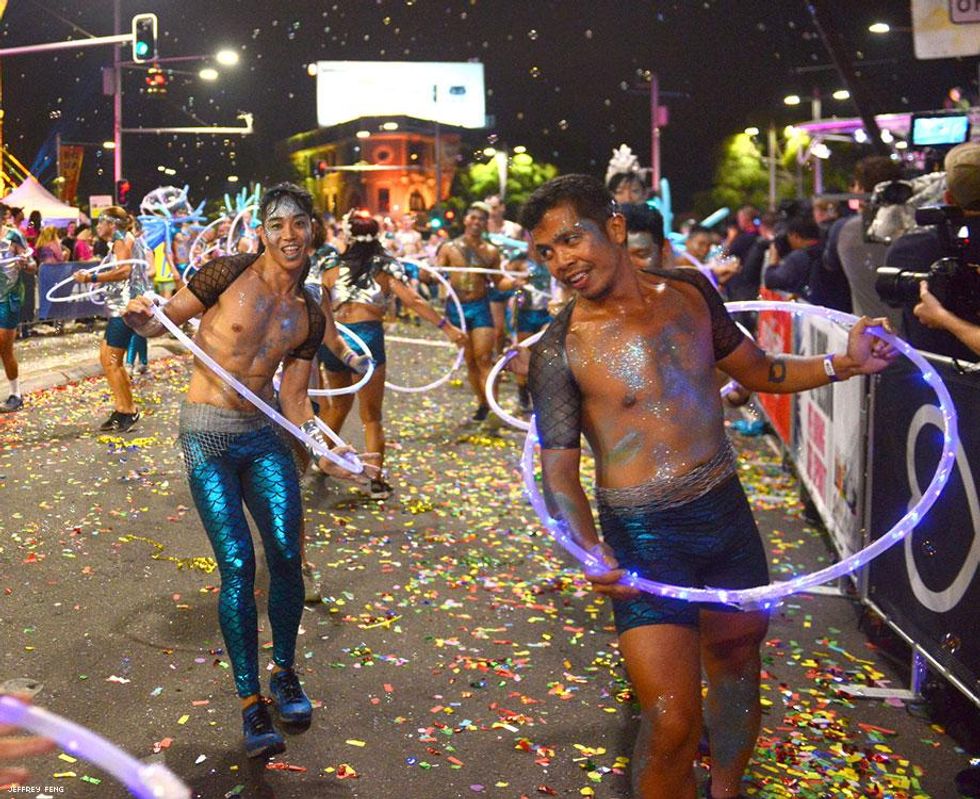
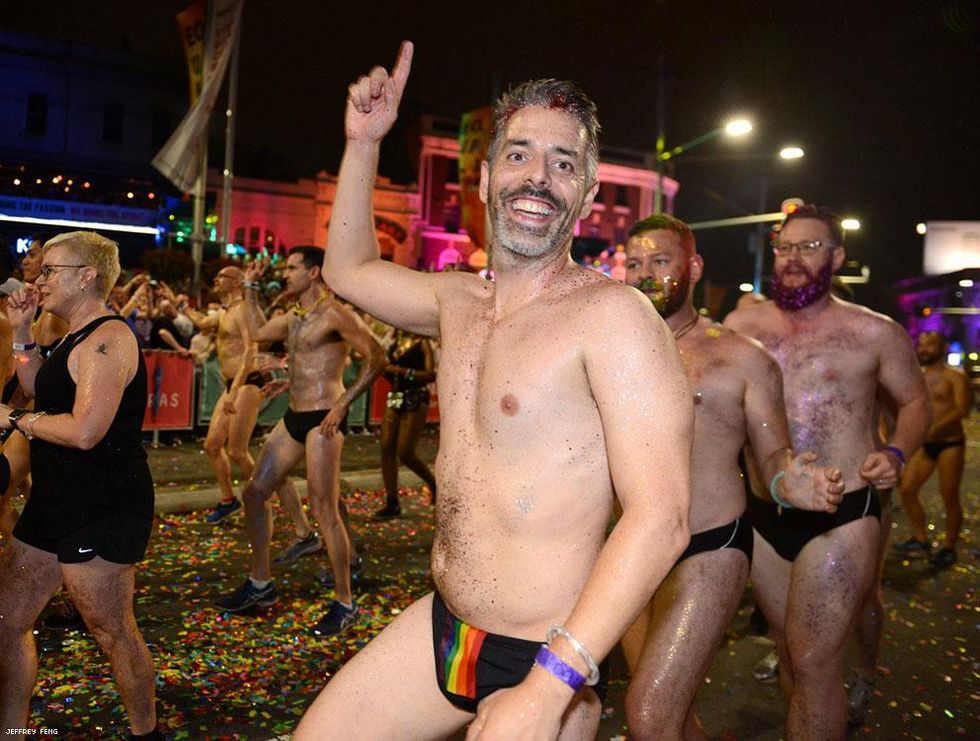
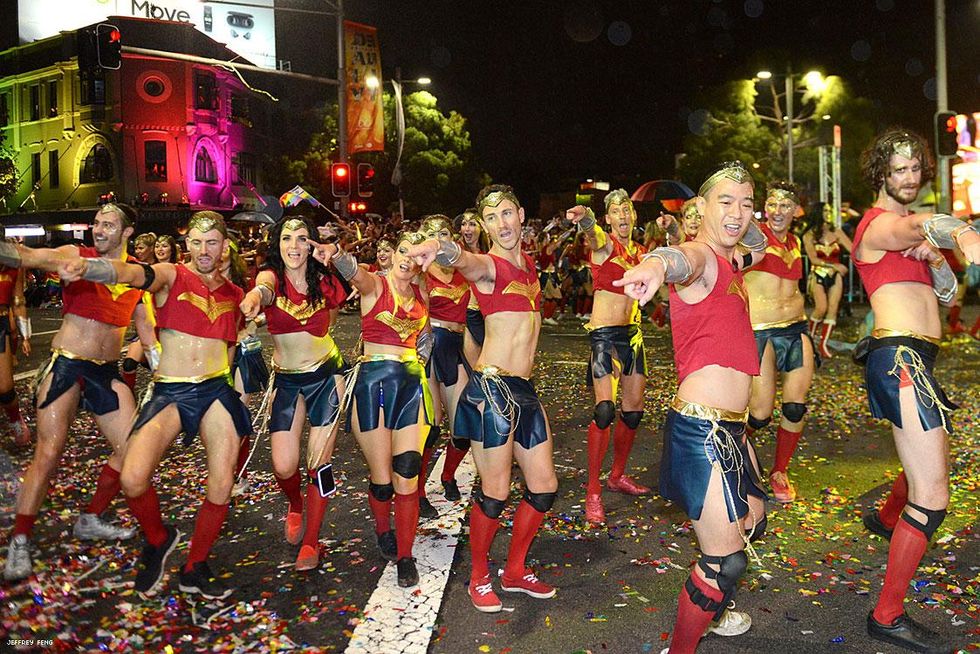
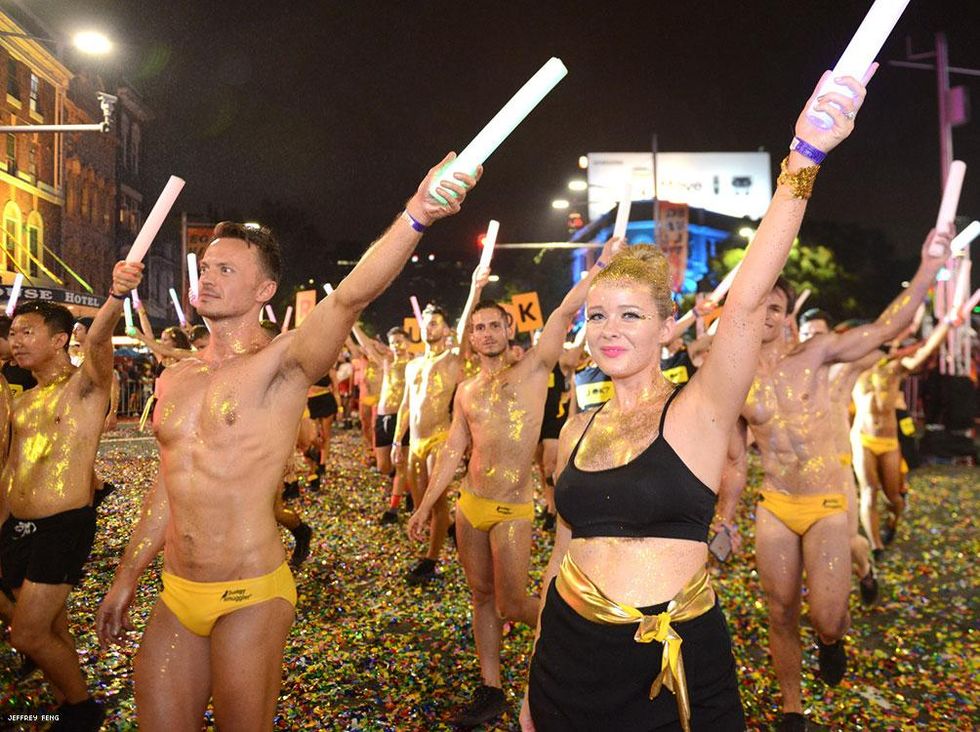
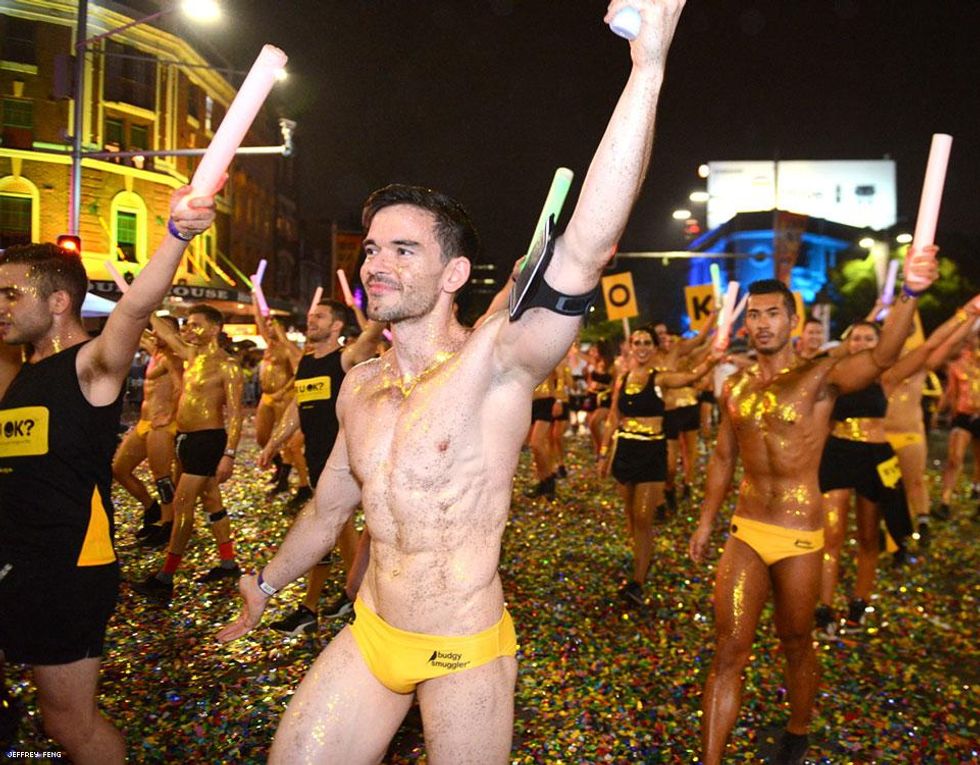

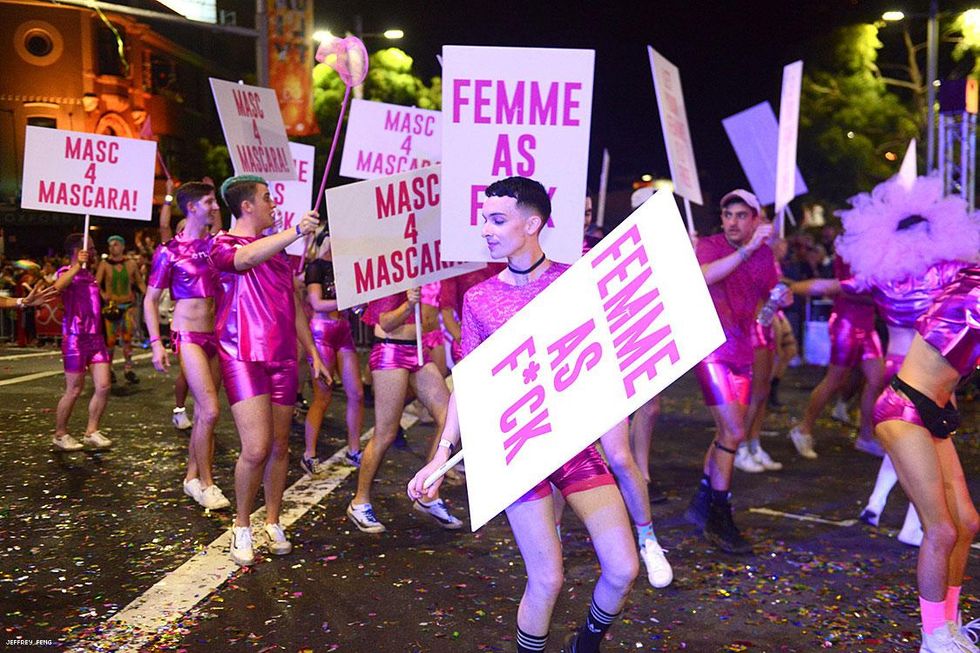
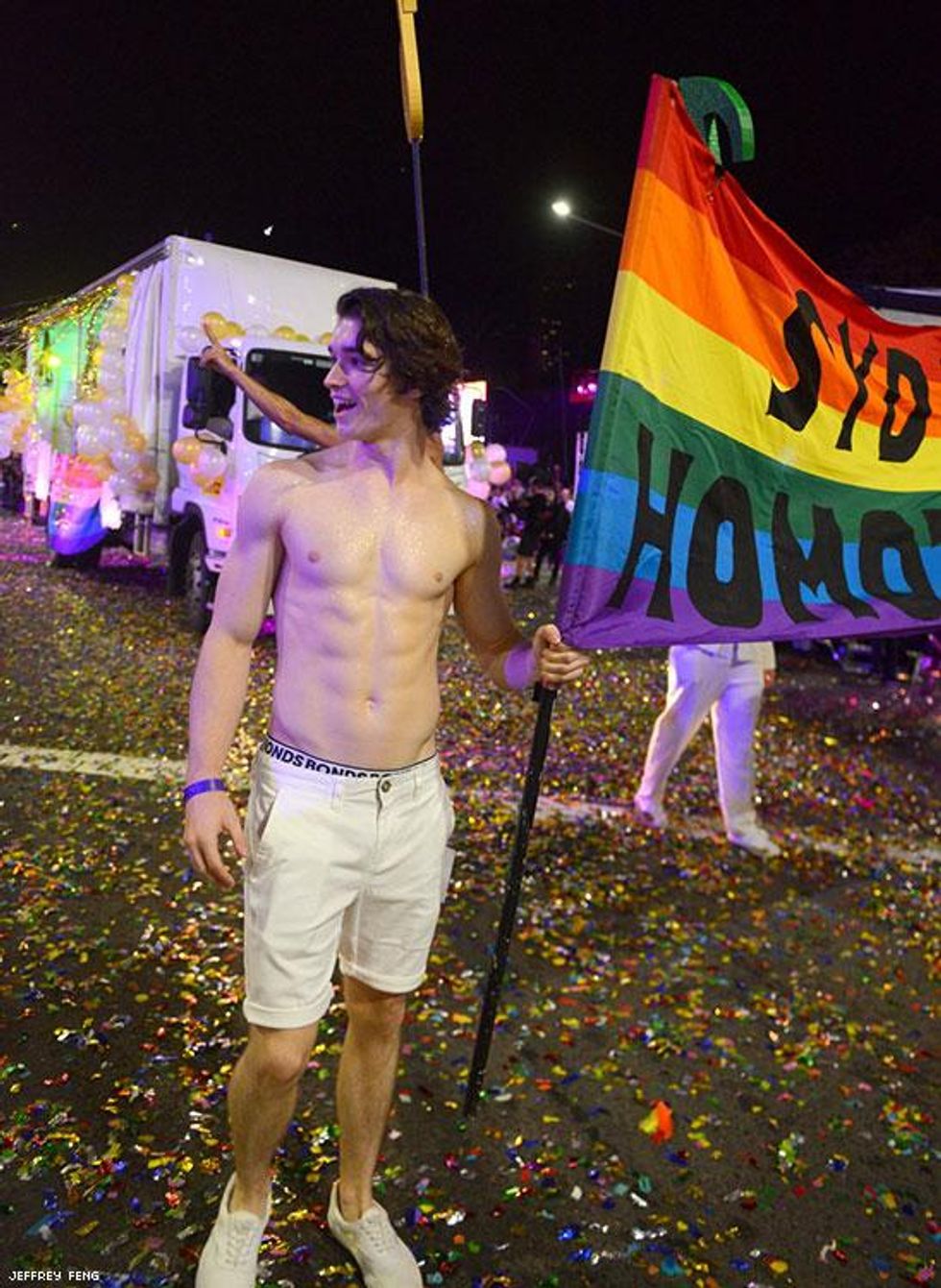

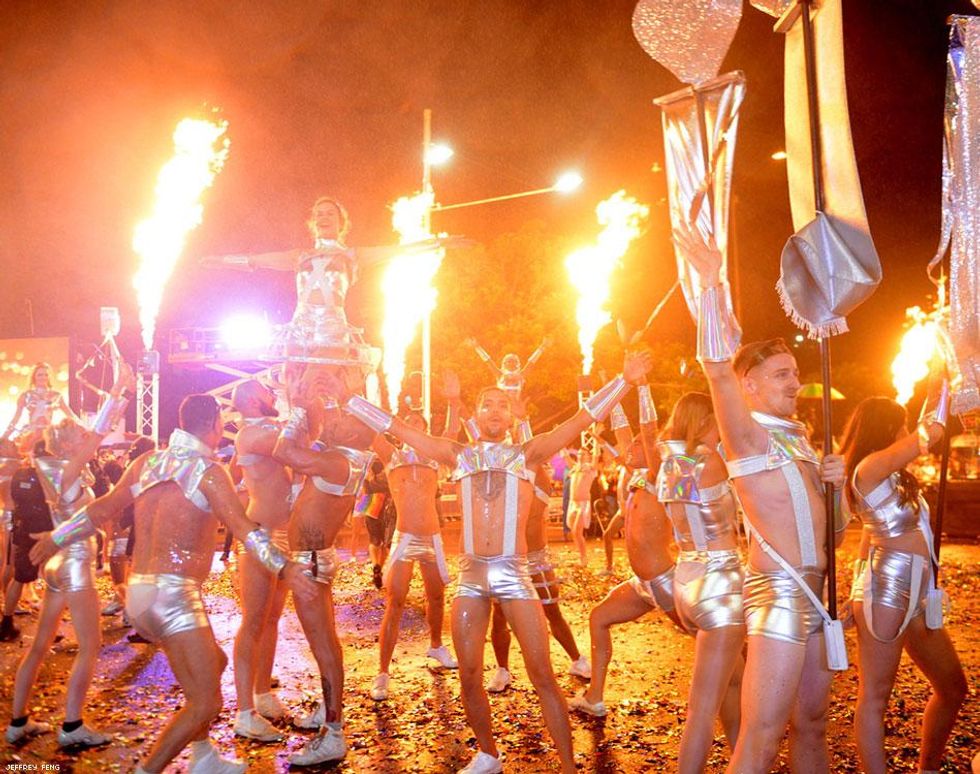
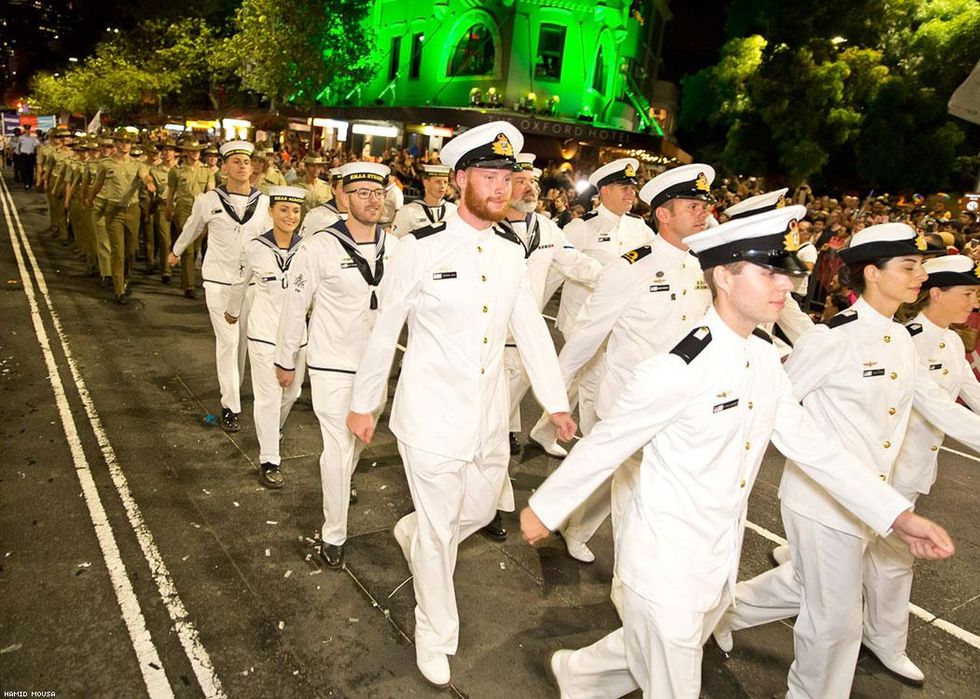
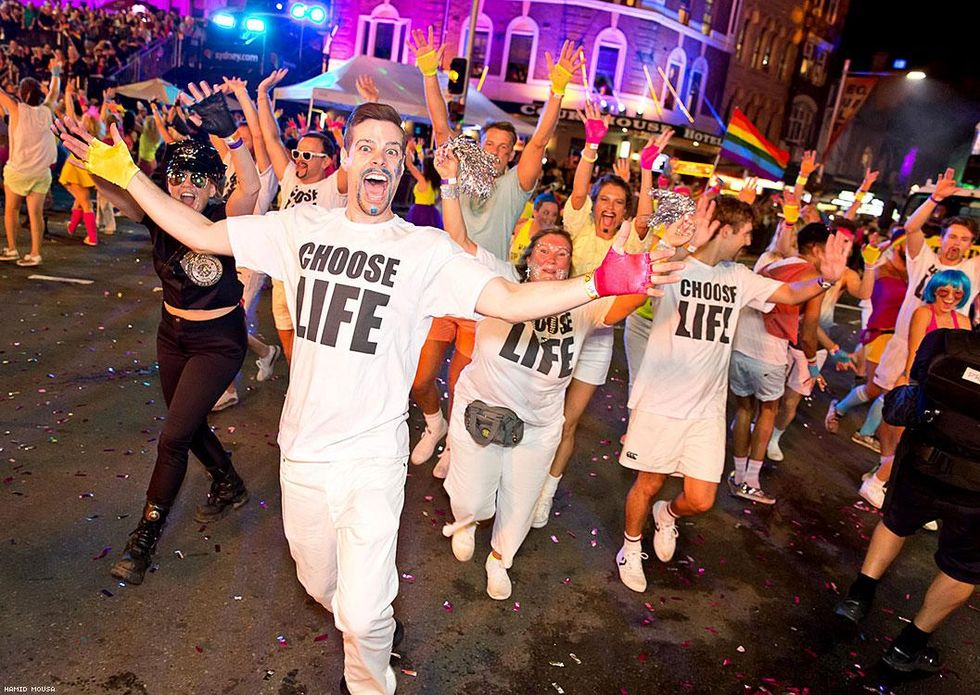
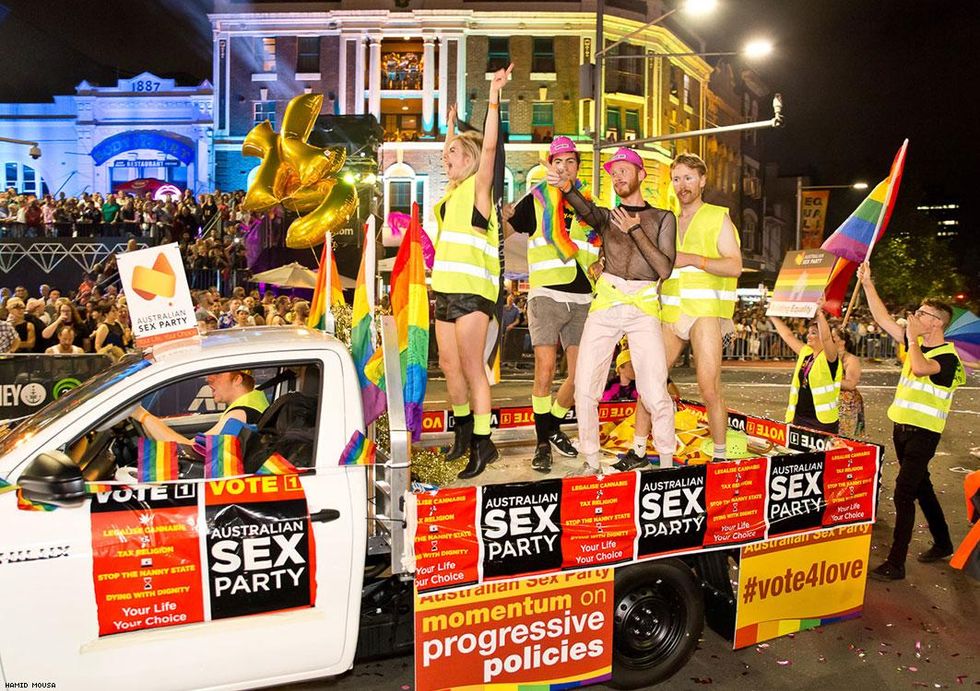
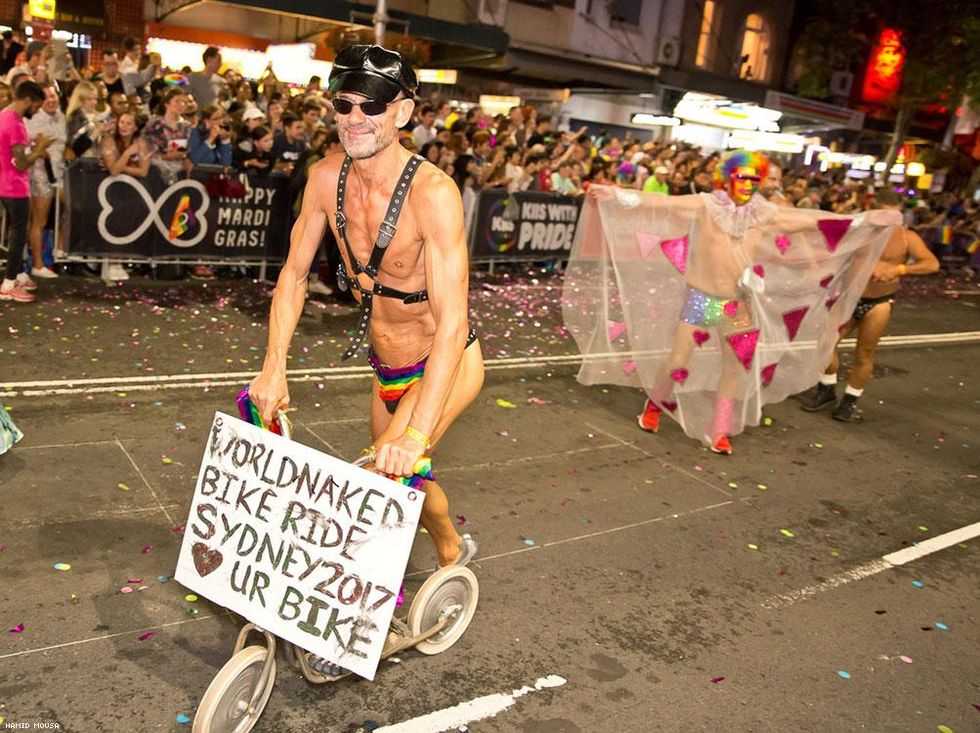
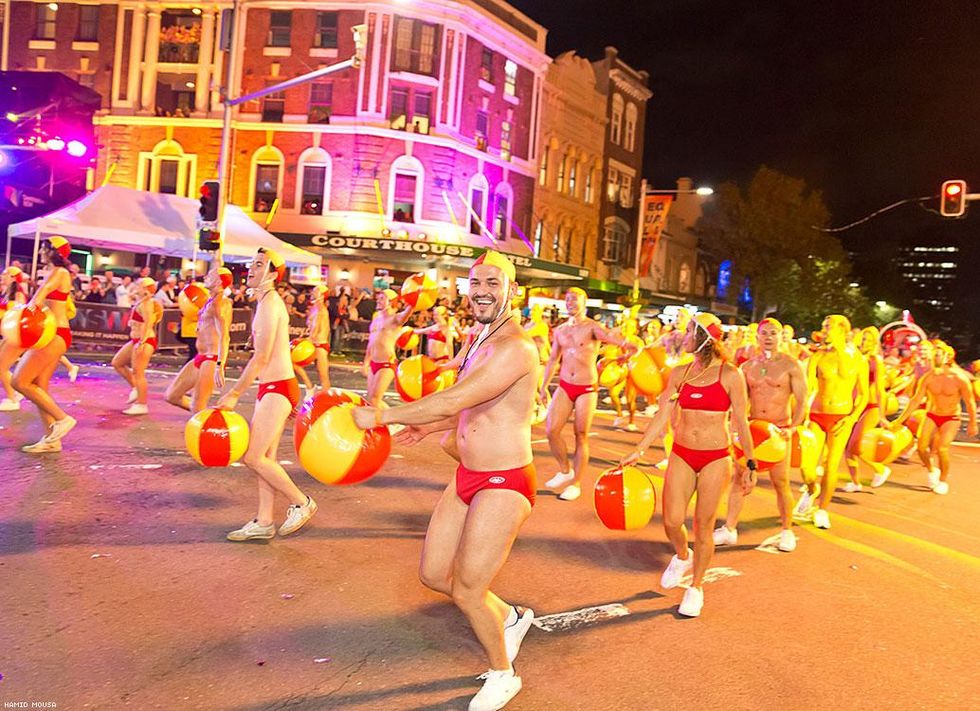
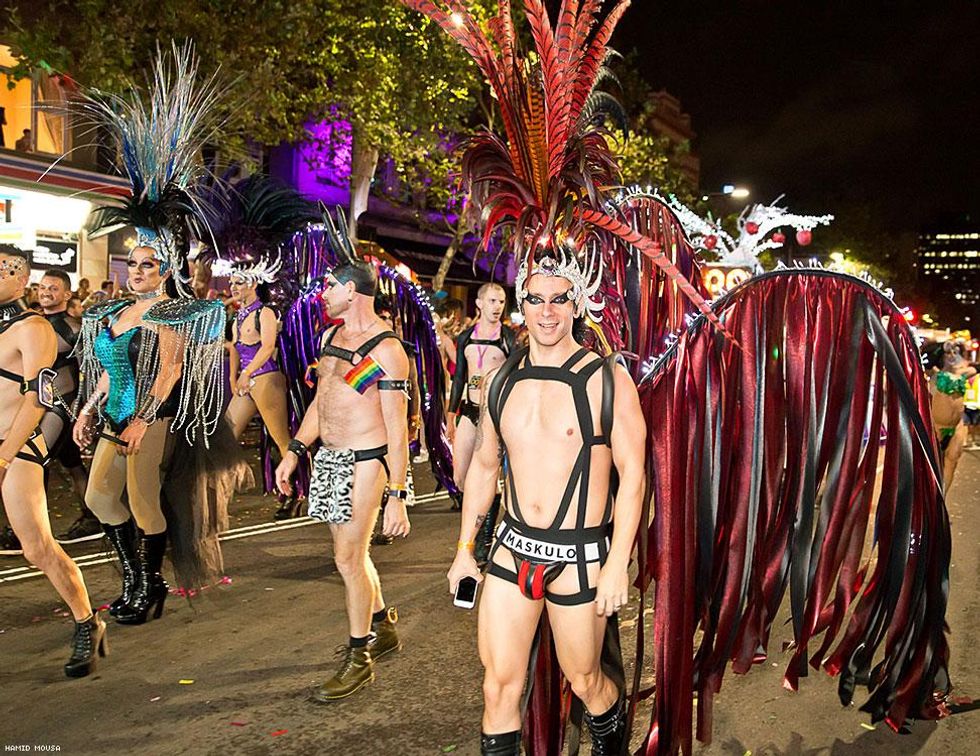
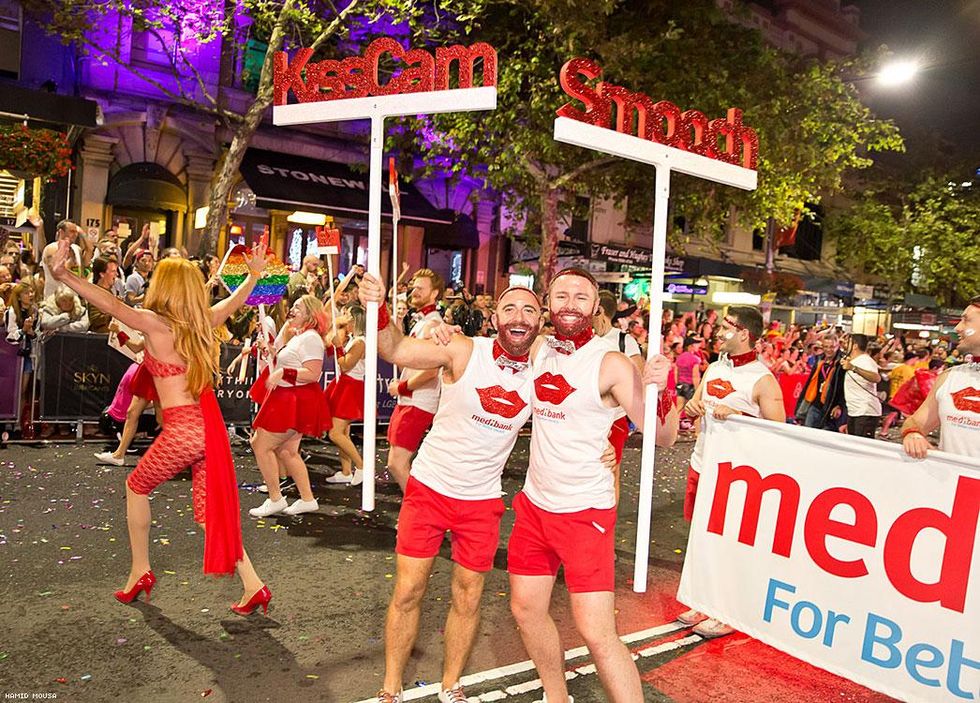
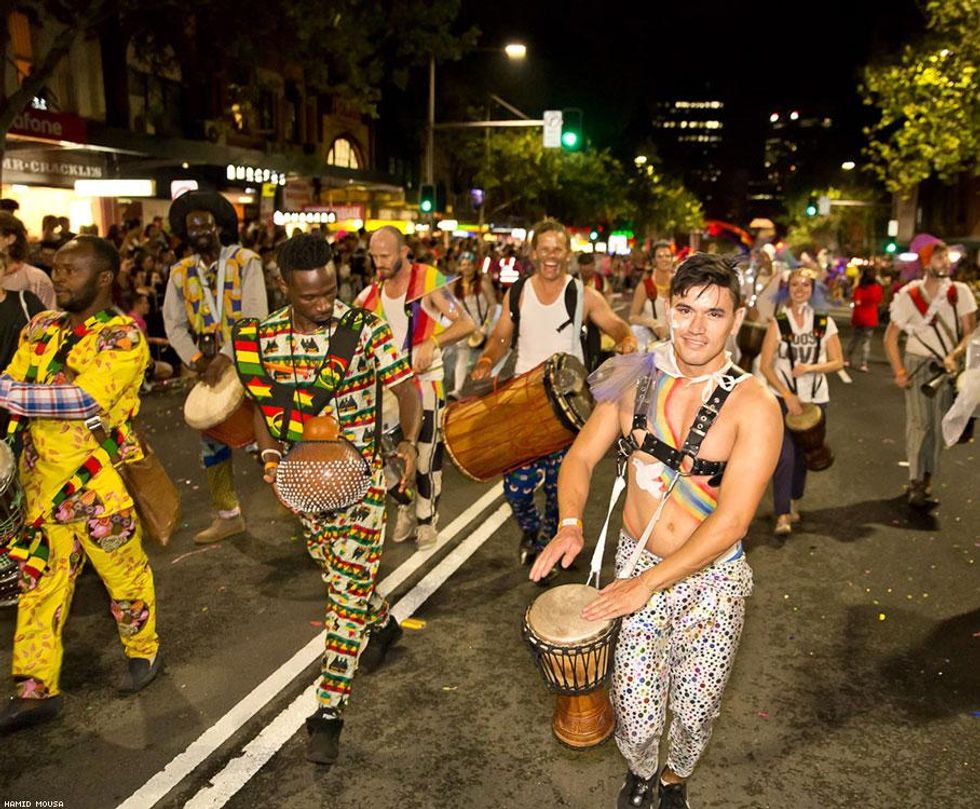
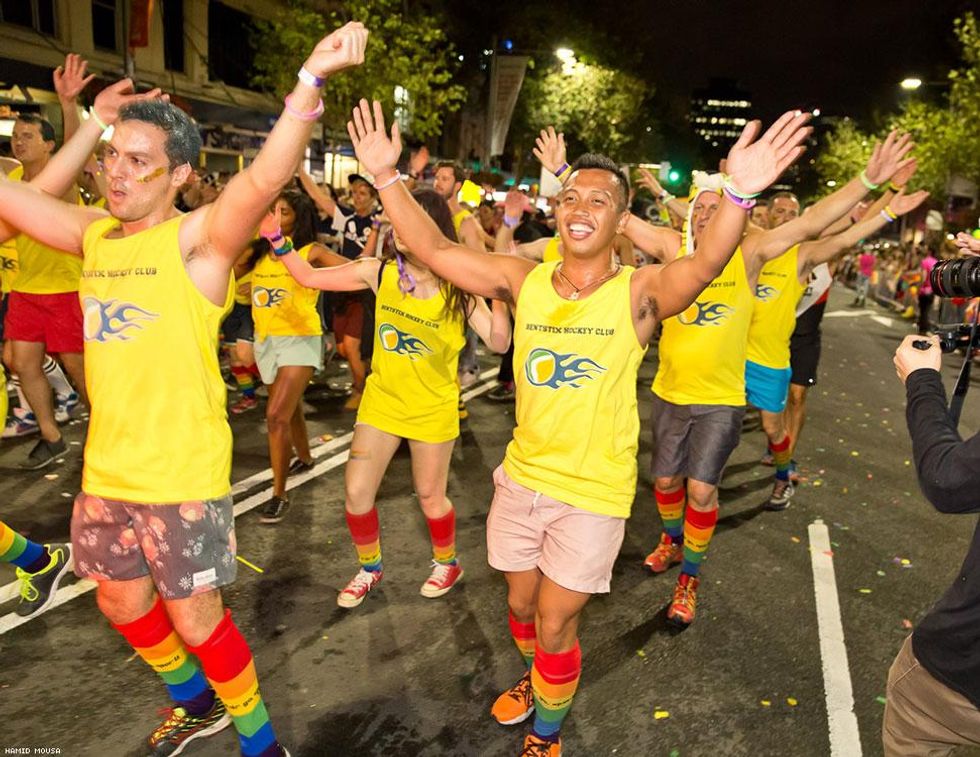
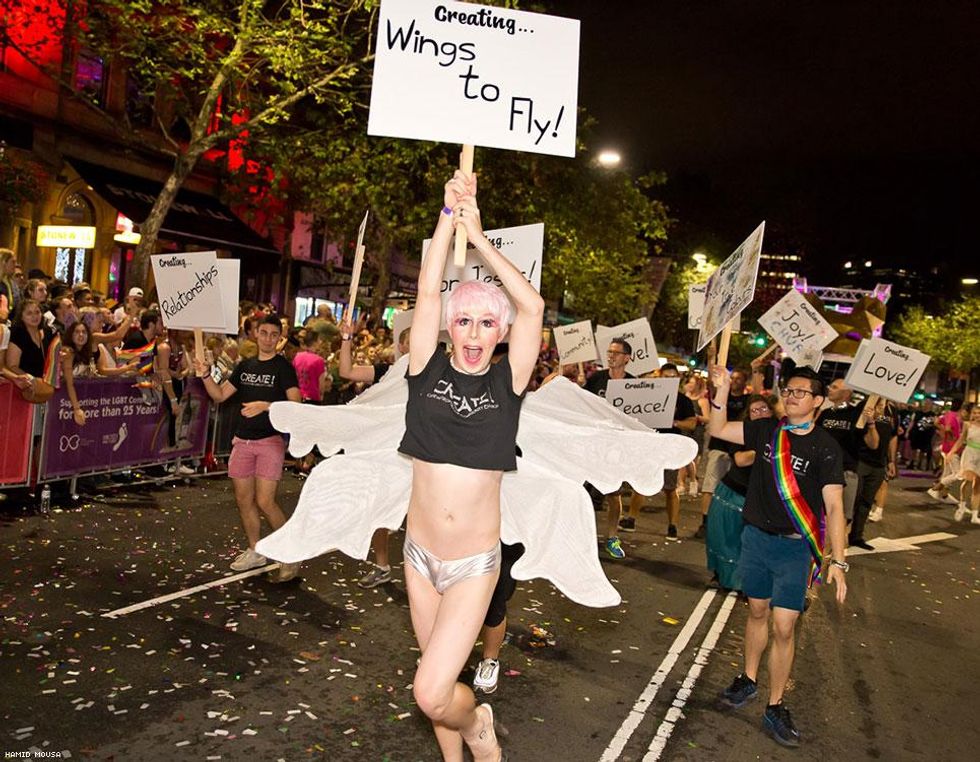
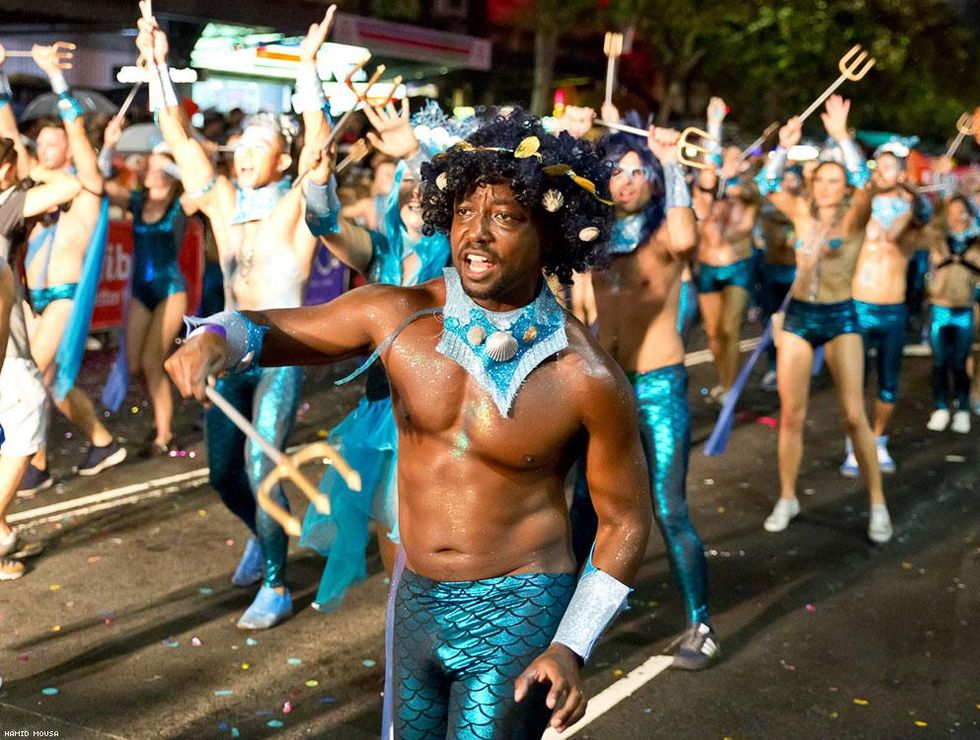
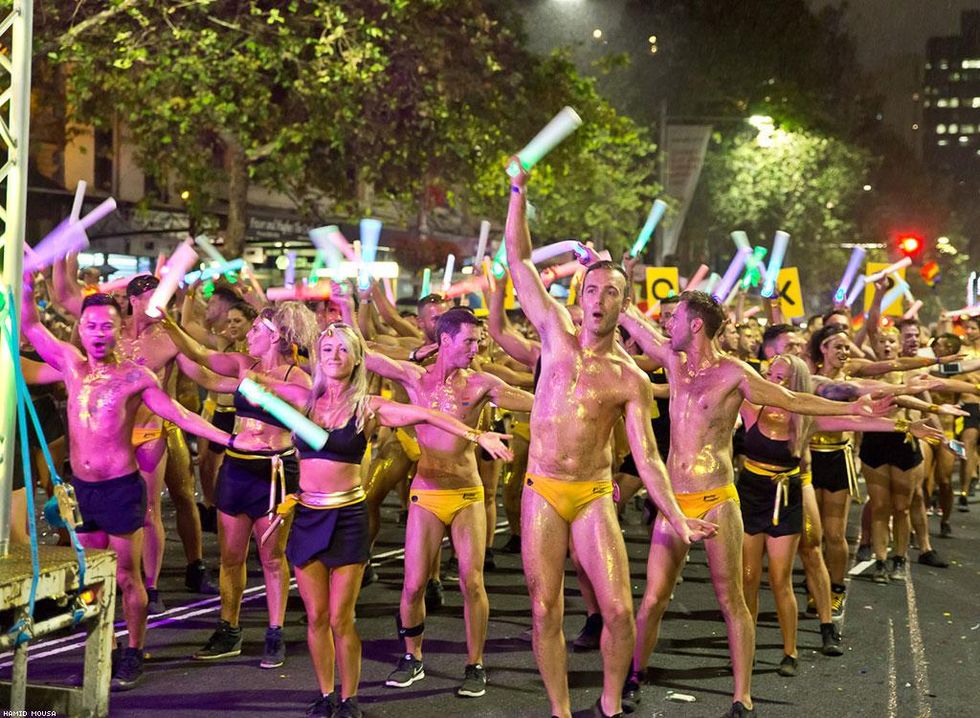
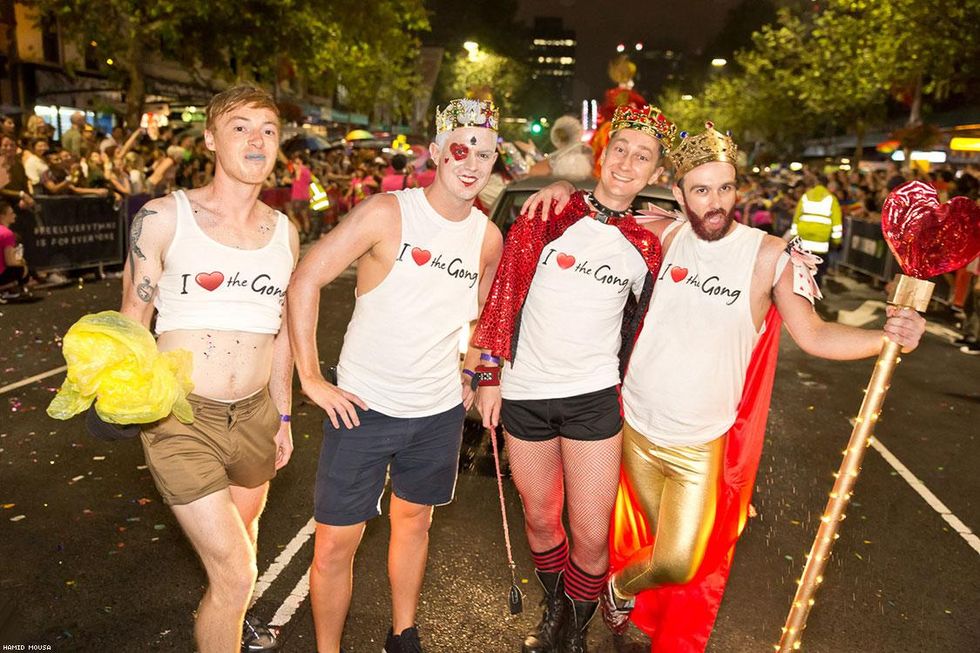
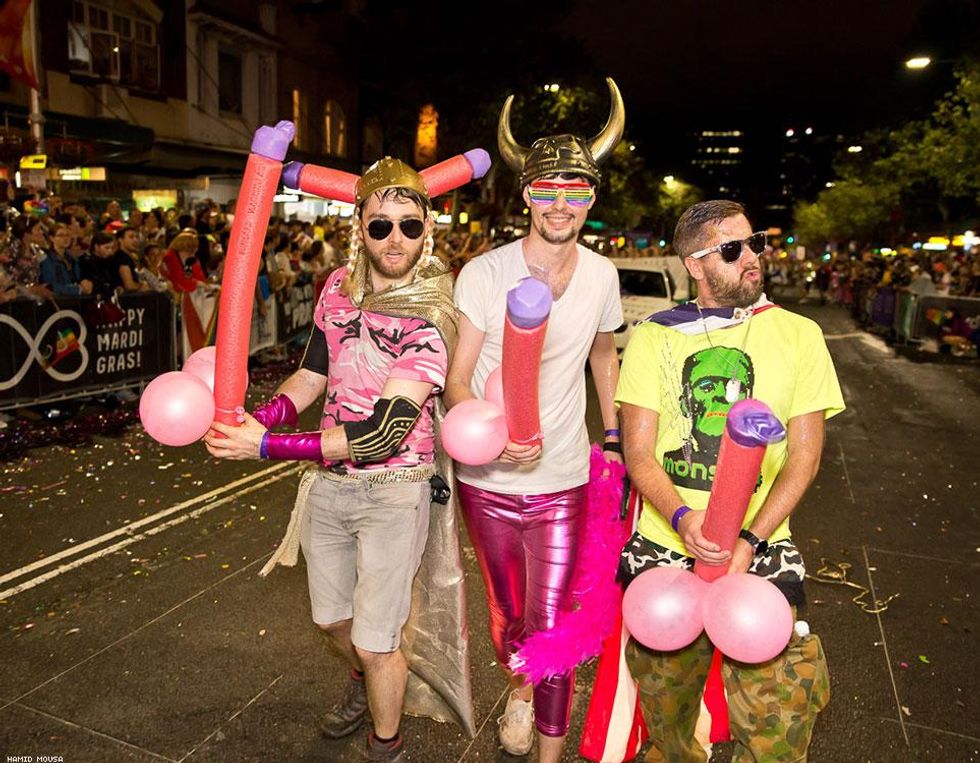

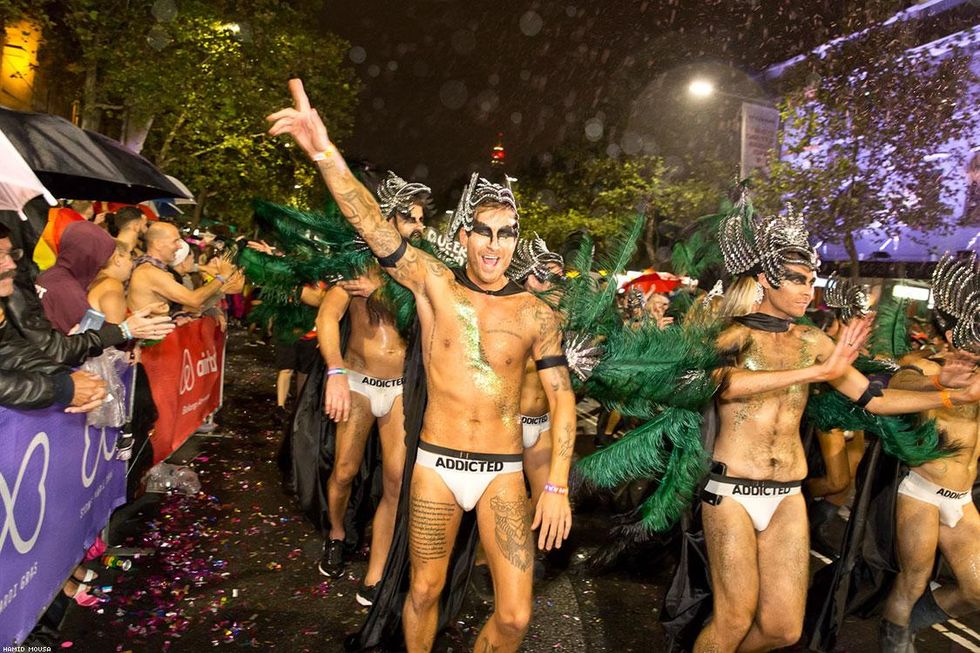
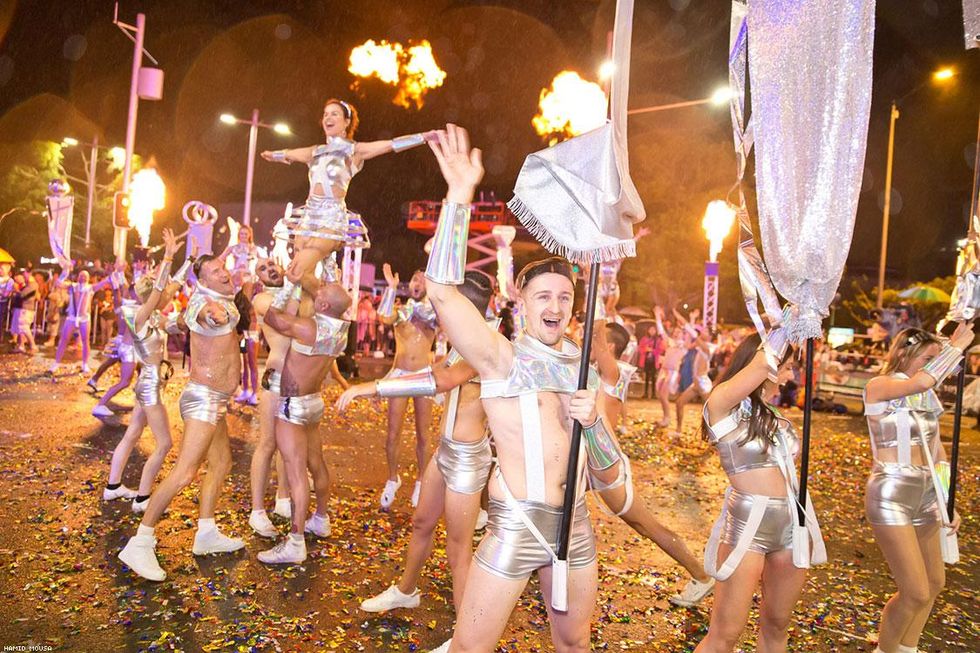
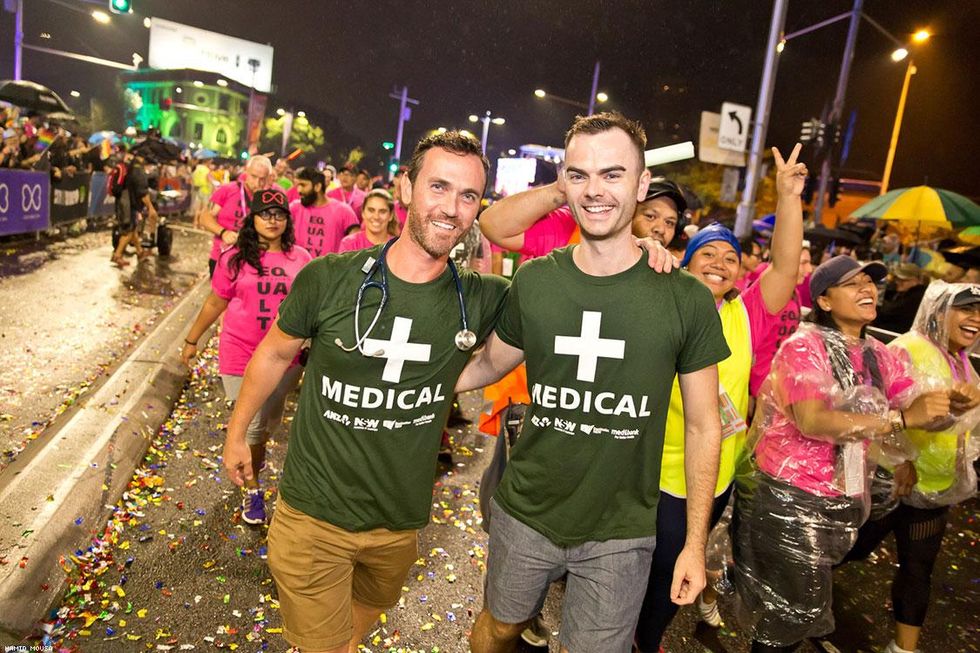
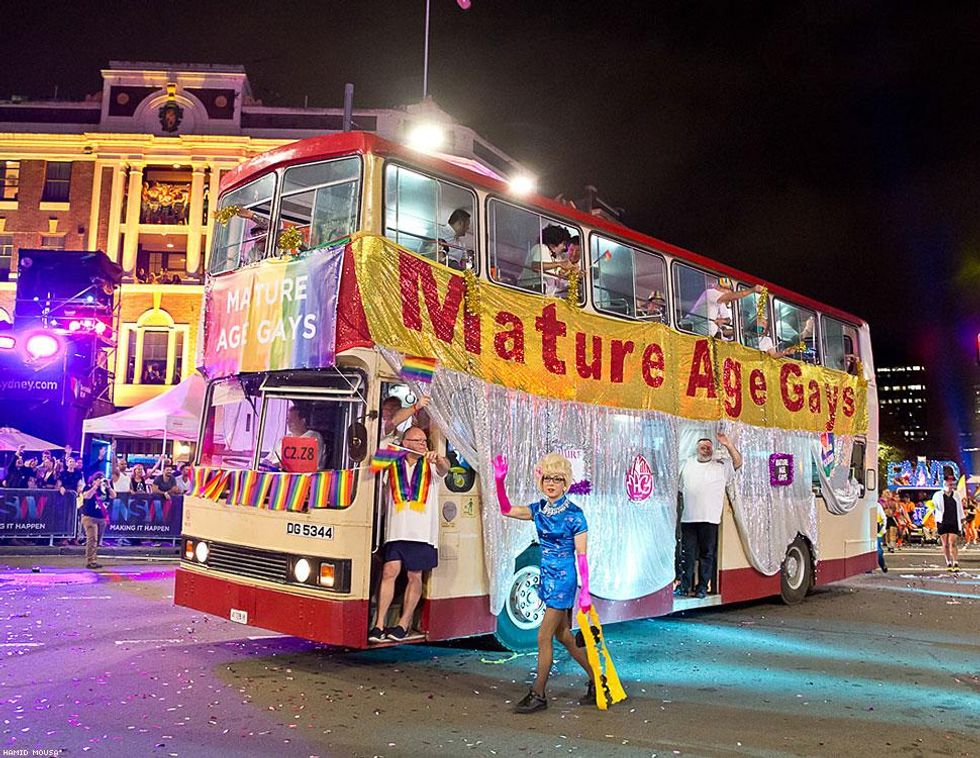
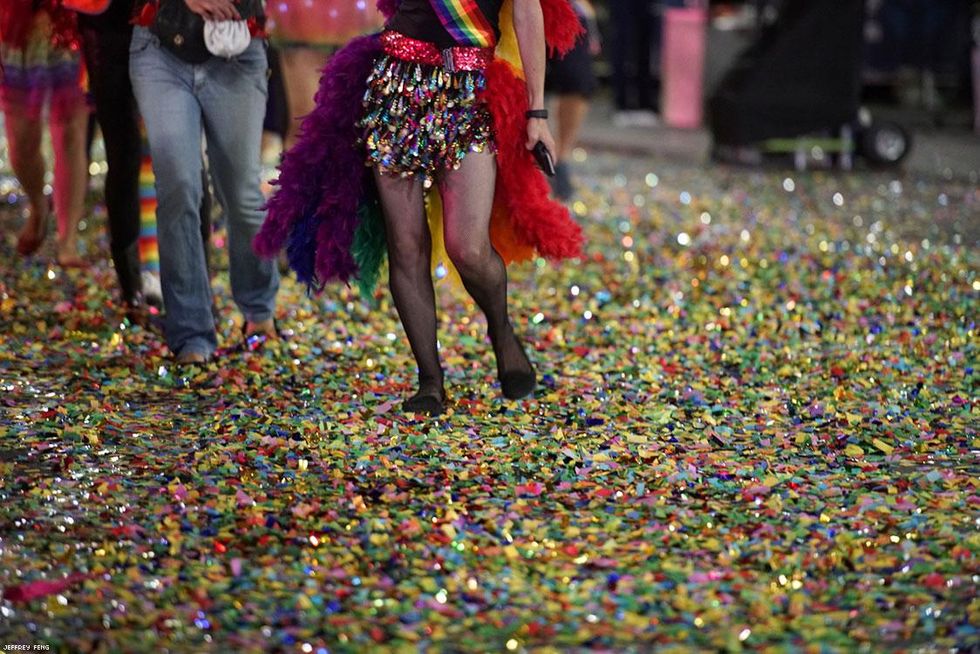
xtyfr
More Galleries
12 movies to watch if you loved ‘Red, White & Royal Blue’
October 27 2025 6:02 PM
LGBTQ+ History Month: 33 queer movies to watch on streaming
October 02 2025 9:02 AM
Drag Me to the Catskills: A weekend of camp and comedy in the woods
May 29 2025 8:30 PM
Boys! Boys! Boys! podcast: A new voice in queer culture
May 01 2025 5:03 PM
Cobblestones, castles, and culture: Your LGBTQ+ guide to Edinburgh
April 30 2025 12:44 PM
Christopher Harrity
Christopher Harrity is the Manager of Online Production for Here Media, parent company to The Advocate and Out. He enjoys assembling online features on artists and photographers, and you can often find him poring over the mouldering archives of the magazines.
Christopher Harrity is the Manager of Online Production for Here Media, parent company to The Advocate and Out. He enjoys assembling online features on artists and photographers, and you can often find him poring over the mouldering archives of the magazines.
